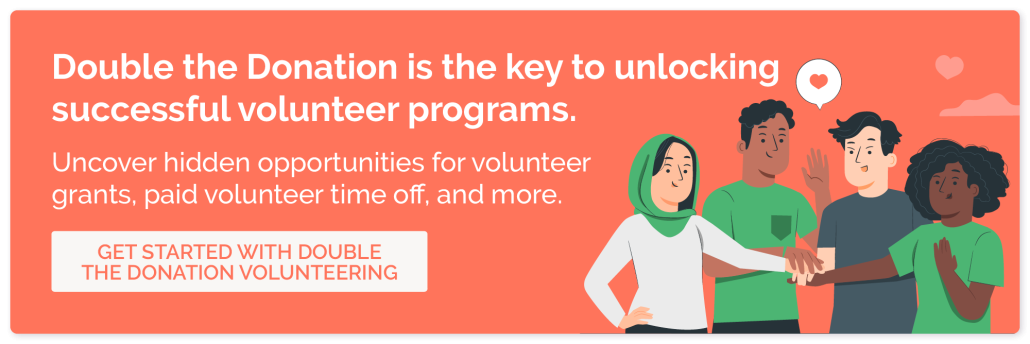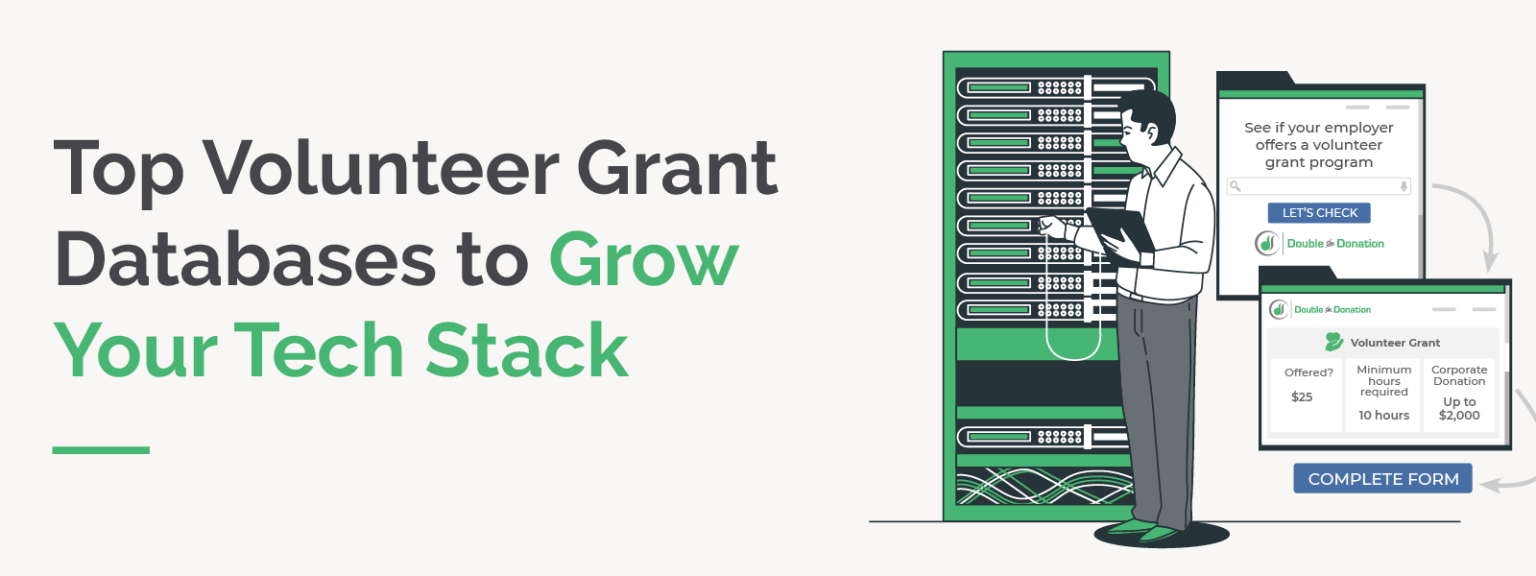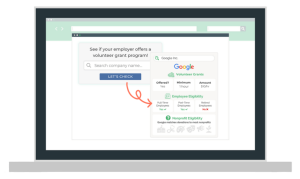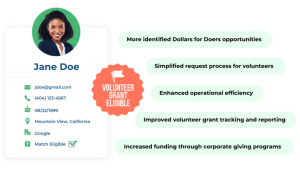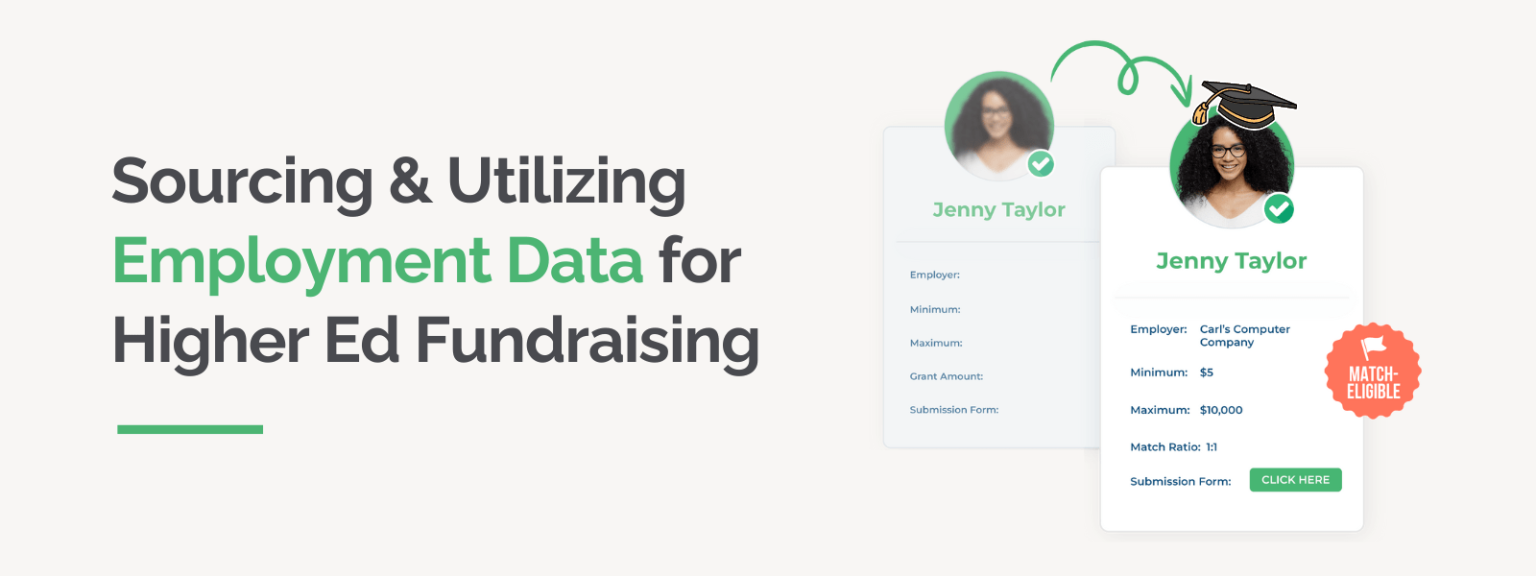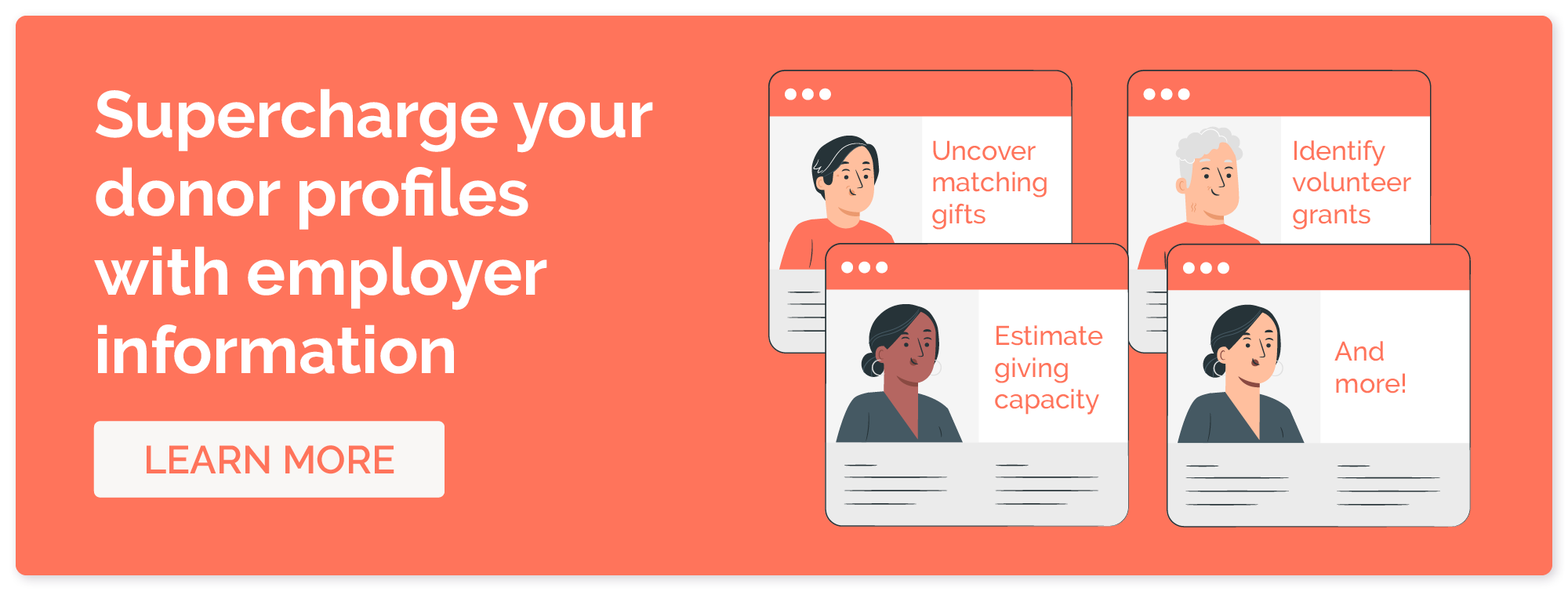Marketing Corporate Volunteerism | A How-To Guide For Orgs
Corporate volunteerism refers to the practice of businesses encouraging employees to volunteer their time and skills to charitable causes. This can take a number of forms, including company-wide volunteer days, paid time off for volunteer activities, skills-based volunteering, and volunteer grant programs.
For nonprofits and schools, corporate volunteerism is a vital tool that can significantly enhance their capacity to achieve their missions. How? Corporate volunteer programs provide these organizations with increased manpower, diverse skill sets, enhanced visibility, and even the potential for financial support and long-term corporate partnerships.
Meanwhile, the companies offering the programs see increased employee engagement and enhanced CSR. However, for each group to reap the rewards of these programs, it’s essential that the efforts are marketed well. And that’s where this guide comes in!
- Understanding Corporate Volunteerism Opportunities
- Identifying Corporate Volunteer Programs in Your Network
- Marketing Corporate Volunteerism to Supporters
- Marketing Volunteerism to Corporate Partners
- 5 Organizations Marketing Corporate Volunteerism Well
Read on to uncover top corporate volunteer marketing strategies and tips you can implement in your own organization’s engagement plan.
Understanding Corporate Volunteerism Opportunities
Corporate volunteerism provides nonprofits, schools, and similar fundraising groups with easy access to skilled volunteers and other invaluable resources. Understanding the types of programs available to your organization and its supporters through their employers allows you to better target lucrative opportunities, deepen engagement with volunteers, and achieve your goals overall.
We recommend familiarizing yourself (and the rest of your team) with the following types of corporate volunteer initiatives:
Individual Volunteer Grants
Volunteer grants, also known as “Dollars for Doers,” are corporate programs where companies offer monetary donations to nonprofits where their employees volunteer. Typically, an employee must spend a set number of hours at the nonprofit for the organization to qualify for a grant, which may be paid out as a lump sum or based on a predetermined hourly rate.
Benefit for nonprofits: This program incentivizes volunteerism and rewards nonprofits with additional financial support!
Team Volunteer Grants
Similar to individual volunteer grants, team volunteer grants provide funding for the organizations at which their employees volunteer. The difference, however, is that team volunteer grants are awarded when a group of employees from the same company volunteer together. Team grants are generally larger in amount, too, providing lucrative funding when groups of employees get involved.
Benefit for nonprofits: This program incentivizes group volunteering among corporate staff and provides generous financial support.
Paid Volunteer Time Off
Paid volunteer time off (or VTO for short) is a corporate benefit where companies provide their employees with a set number of hours they can spend volunteering for nonprofits or community service activities. In other words, employees are encouraged to engage in volunteer work during regular work hours without sacrificing their regular pay.
Benefit for nonprofits: This program provides a powerful incentive for volunteer recruitment, engagement, retention, and more.
Skills-Based Volunteerism
Skills-based volunteerism involves employees offering their professional skills and expertise to nonprofits rather than general volunteer work. For example, a marketing professional might help a nonprofit develop a communications strategy, or an accountant might assist with financial planning.
Benefit for nonprofits: This program allows nonprofits to benefit from specialized knowledge that can significantly advance their mission.
Company-Sponsored Volunteer Days
Company-sponsored volunteer days are organized events where companies designate a day for their employees to volunteer as a group at a specific nonprofit, school, or community project. The company often arranges the logistics, and employees participate during work hours, incentivizing involvement with a free day out of the office!
Benefit for nonprofits: This program empowers organizations to rally corporate employees in group activities, allowing significant progress to be made on large-scale projects in a short amount of time.
Identifying Corporate Volunteer Programs in Your Network
Before you can market corporate volunteerism to your audience, it’s a good idea to uncover the best opportunities in your network. We recommend following these practical tips to do so:
Before you can market corporate volunteerism to your audience, it’s a good idea to uncover the best opportunities in your network. We recommend following these practical tips to do so:
1. Collecting Employment Information From Supporters:
Start by gathering employment details from your donors, volunteers, and other supporters. This can be done through surveys, event registration forms, or during volunteer sign-ups.
Knowing where your supporters work allows you to explore potential corporate volunteer programs they have access to, which could benefit your organization.
2. Researching Employers with Well-Known Volunteer Programs:
Once you have a list of where your supporters are employed, research whether these companies offer volunteer programs. Many large corporations, like Disney, Microsoft, Google, and thousands of others, have established volunteer programs.
Understanding the specifics of these programs can help you tailor your outreach efforts to match their requirements. Get started by looking into top companies offering volunteer grants, top VTO opportunities, and more.
Plus, there’s a significant overlap between companies offering matching gifts and those offering volunteer programs. If you already know of businesses in your network that match employee donations, it’s worth investigating whether they also offer volunteer grants or other volunteer opportunities.
3. Using Corporate Volunteer Databases:
Utilize databases and online platforms that track corporate volunteer programs to make the research process easier than ever before. Double the Donation offers the industry’s most comprehensive database of corporate volunteer information, complete with listings on thousands of companies’ programs.
Leveraging this database can help you quickly identify which companies have programs your organization could benefit from!
4. Conducting Manual Research:
Sometimes, a simple online search can yield valuable information. Try searching for a specific company’s name along with keywords like “volunteering” or “volunteer programs” (e.g., “Home Depot + Volunteering”).
While it will be a more time-intensive approach, this idea can help you discover details about a company’s volunteer initiatives, including opportunities they offer to their employees.
5. Encouraging Supporters to Check with Their Employers:
Lastly, be sure to motivate your supporters to inquire about volunteer programs within their workplaces. Many employees might not be aware that their companies offer volunteer grants or paid volunteer time off. By encouraging them to ask, you can uncover opportunities that might have been overlooked.
Marketing Corporate Volunteerism to Supporters
Marketing corporate volunteerism to individual supporters involves educating and motivating them to participate in and promote these opportunities within their workplaces. Here’s how you might approach this:
Educate Supporters on Corporate Volunteerism:
Start by informing your supporters about what corporate volunteerism is and how it works. Use newsletters, emails, and social media posts to explain the various types of corporate volunteer programs, such as paid volunteer time off, volunteer grants, and team volunteer days.
(P.S.; Check out our customizable marketing templates available for clients within the Double the Donation platform to get started!)
You’ll also want to include a section about corporate volunteer incentives on your Volunteers page—and embed a company search tool so supporters can easily uncover their available programming.
Communicate the Impact of Corporate Volunteerism:
Share stories and testimonials that demonstrate the positive impact corporate volunteerism has had on your organization. Show how previous corporate volunteer efforts have helped achieve specific goals, whether it’s through completing a project, raising funds, or expanding your programs. This helps supporters see the tangible outcomes of their potential involvement.
Encourage Inquiries at Work:
For those who don’t find corporate volunteer information in your database widget, encourage them to check in with their employers about any available programs.
Many employees may not be aware of the opportunities available to them, so you’ll want to provide them with language they can use to approach their managers or HR leaders about the programs, making it easier for them to initiate the conversation and drive impact for your team.
Promote Suitable Corporate Volunteer Opportunities:
Regularly communicate the volunteer opportunities available at your organization that are suitable for corporate teams or individuals looking to volunteer through their workplace programs. Highlight any upcoming events or projects where corporate volunteers could make a significant difference and make sure these opportunities are well-advertised through your existing channels.
Offer Recognition:
Recognize and celebrate individual supporters and companies that engage their companies in corporate volunteerism. You can even publicly acknowledge their efforts through newsletters, social media, or at events.
Recognition not only makes the individual feel valued but also serves as an example to other supporters who might be inspired to take similar actions.
Leverage Peer Influence:
Encourage supporters who have successfully engaged their employers in corporate volunteerism to share their experiences with others. Peer recommendations can be very persuasive, so consider featuring these stories in your communications to inspire others to take similar steps. You can even encourage eligible volunteers to organize team events with their colleagues to support your cause!
Marketing Volunteerism to Corporate Partners
Marketing corporate volunteerism to corporate partners—both new and existing—requires a strategic approach that highlights mutual benefits, aligns with their corporate social responsibility (CSR) goals , and fosters long-term relationships.
Here’s how you can effectively market these opportunities to companies.
Understand Corporate Goals and CSR Objectives:
Before reaching out to corporate partners, research their CSR goals, values, and past volunteer initiatives. Tailor your pitch to show how partnering with your organization can help them achieve these objectives.
Emphasize how corporate volunteerism aligns with their brand, enhances employee engagement, and contributes to community impact. If possible, provide data that demonstrates how other companies have benefited from similar partnerships with your organization in the past.
Develop Tailored Volunteer Packages:
Create customizable volunteer opportunities that align with the company’s needs and interests. Offer a range of options, from one-day events to ongoing projects, and include both skills-based and general volunteer opportunities. Tailoring these packages makes it easier for companies to see how they can get involved in a way that suits them and their teams.
Highlight the Impact of Volunteerism:
Quantify and communicate the impact of corporate volunteerism on your organization. Provide reports that show how corporate volunteers have contributed to your mission, including metrics like the number of hours volunteered, projects completed, and the overall community impact. Why? Companies are more likely to invest in programs where they can see measurable outcomes.
Recognize Corporate Support:
Publicly recognize and celebrate the contributions of your corporate partners. This can include awards, mentions in your annual report, shout-outs on social media, or hosting a special recognition event. Acknowledging their efforts not only strengthens your relationship but also encourages continued contributions.
Facilitate Employee Engagement:
Make it easy for companies to involve their employees in volunteer opportunities. To do so, you can provide them with promotional materials, sign-up sheets, and detailed information on how to participate. Offer flexibility in scheduling and types of volunteer work to accommodate different levels of employee engagement and interest, too!
5 Organizations Marketing Corporate Volunteerism Well
As you look to revamp your own team’s corporate volunteerism marketing strategy, it’s a good idea to solicit inspiration from other organizations’ efforts. For this reason, we’ve selected a few nonprofits with standout promotional strategies to consider.
Organization #1: NFED
Corporate Volunteer Marketing Spotlight | Dollars for Doers Blog Post
The NFED, or National Foundation for Ectodermal Dysplasias, is a nonprofit devoted to research, education, and support for those affected by ectodermal dysplasias. In order to supercharge their efforts, the organization promotes Dollars for Doers (also known as volunteer grants) as a key way for supporters to enhance their impact.
Take a look at this snippet of the blog post below:
Here’s what this marketing example does well:
- Defines the importance of corporate social responsibility
- Mentions and links to a matching gifts page for additional information
- Encourages volunteers to look into volunteer grant opportunities through their employers
- Emphasizes the value and doubled impact of matching gift and volunteer grant programs
Organization #2: United Way
Corporate Volunteer Marketing Spotlight | Volunteer Time Off Blog Post
United Way of the National Capital Area is a branch of the United Way organization headquartered in Washington, D.C. This nonprofit understands the value that volunteerism can offer its cause, and it promotes Volunteer Time Off as a key way to recruit, engage, and retain supporters.
Take a look at this snippet of the blog post below:
Here’s what this marketing example does well:
- Uses research to demonstrate the prevalence and widespread availability of Volunteer Time Off programs
- Highlights the benefits for companies, their employees, and the organization itself
- Provides powerful insights into where VTO programs can be found, including by sector and geographic location
- Showcases top opportunities for companies offering volunteer time off for their employees
Organization #3: LLS
Corporate Volunteer Marketing Spotlight | Volunteer Grant Page (With Employer Search Tool!)
LLS, or the Leukemia & Lymphoma Society, is a medical research-based nonprofit dedicated to leading the fight against blood cancers. The organization receives generous support from a wide range of volunteers, and the team provides a number of resources, including a corporate database search tool from Double the Donation, to streamline and increase participation in volunteer incentive programming.
Take a look at the landing page below:
Here’s what this marketing example does well:
- Offers an embedded company search tool for volunteers to quickly locate program details, instructions, and forms
- Provides a step-by-step walkthrough of the volunteer grant process
- Shares important information volunteers may need to complete their volunteer grant applications
- Highlights an easy way for supporters to get in touch with additional questions or inquiries
Organization #4: Habitat for Humanity
Corporate Volunteer Marketing Spotlight | Corporate Volunteer Page and Blog Post
Habitat for Humanity is a largely volunteer-based organization dedicated to ensuring every person has a place to live. As a result, the team does a lot to promote corporate volunteer incentives.
Take a look at these resources below:
Here’s what this marketing example does well:
- Uses multiple communication channels to promote corporate volunteer programs to their audience
- Highlights both volunteer grants and volunteer time off programs, demonstrating a range of opportunities in which individuals can participate
- Speaks directly to companies that are considering implementing corporate volunteer programs
- Actively drives engagement with a call to action button leading users to a volunteer sign-up page
Organization #5: Florida State Parks
Corporate Volunteer Marketing Spotlight | Corporate Volunteer Opportunities Page
Florida State Parks is a nonprofit organization that works with local governments, park users, researchers, and more to ensure maintenance and upkeep of more than 175 award-winning state parks, trails, and historic sites across the state. A big part of its mission involves empowering volunteers to play a role, and it often leverages corporate volunteer opportunities as a way to do so.
Take a look at the landing page below:
Here’s what this marketing example does well:
- Highlights recent companies and teams that support the parks with corporate volunteer programs
- Provides contact information for companies or individuals interested in organizing a company-sponsored volunteer event
- Enlists photos of real corporate volunteer teams to leverage social proof
- Provides examples of various types of volunteer projects companies could host to get involved
Bottom line: Spreading the word about corporate volunteerism is essential, and an organization’s website is one of the best opportunities to do so.
Wrapping Up & Next Steps
Successfully marketing corporate volunteerism requires a thoughtful and strategic approach that highlights the benefits for your organization, its supporters, their employers, and your community as a whole.
By effectively communicating about available initiatives, you can build a stronger, more engaged volunteer base that’s increasingly incentivized to give back to your cause. And you might even get some extra funding out of it all!
Ready to learn more about marketing corporate volunteerism? Check out our recommended resources and further reading:
- A Guide to Marketing Volunteer Grants [For Nonprofits]. Explore how nonprofits can effectively promote volunteer grant opportunities to their audiences. Learn about top marketing strategies and more.
- A Deep Dive into Marketing Volunteer Time Off for Nonprofits. Make sure your volunteers are informed about VTO opportunities! Follow these best practices to market volunteer time off to your supporters.
- Free Download: The Ultimate Guide to Marketing Matching Gifts. There’s often an overlap between companies offering volunteer incentives and those offering matching gifts. Learn how to identify and promote matching here!

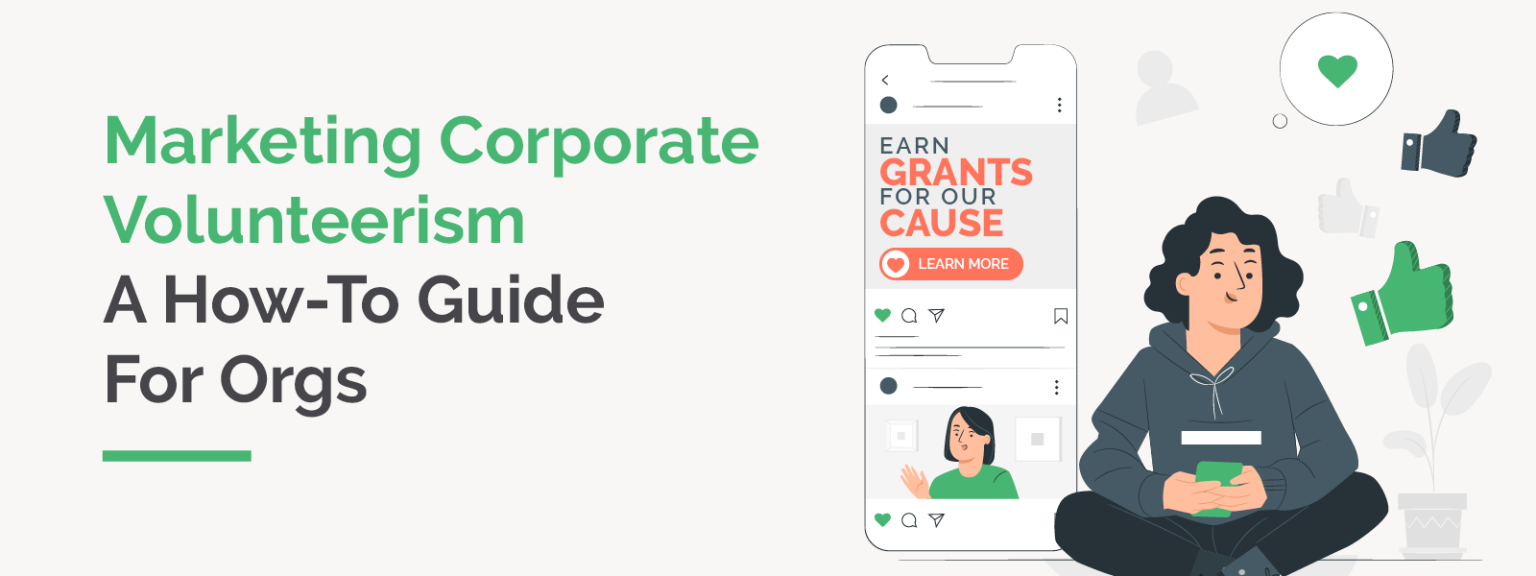
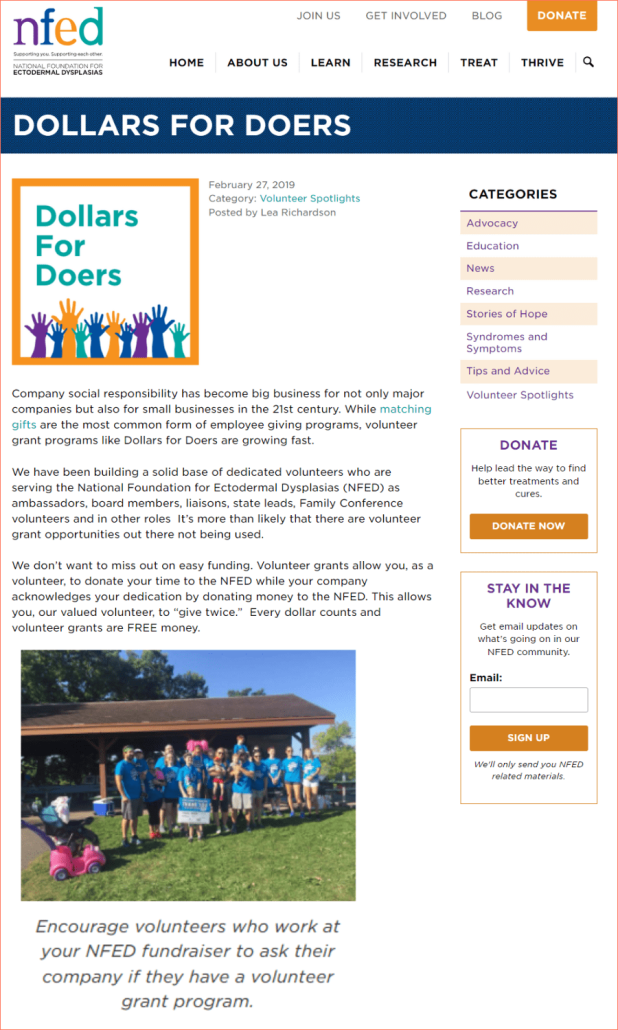
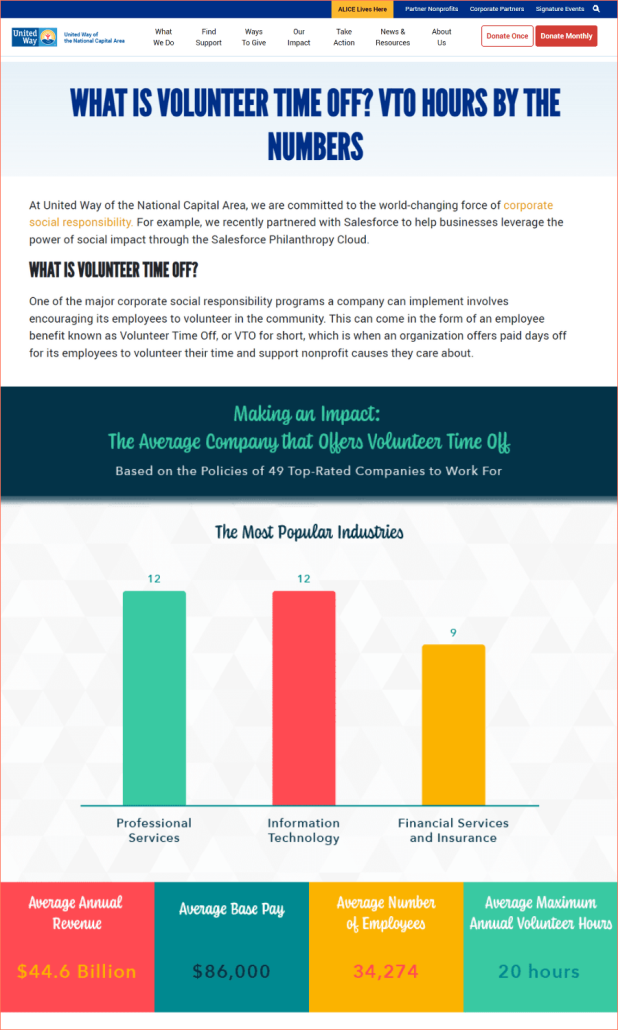
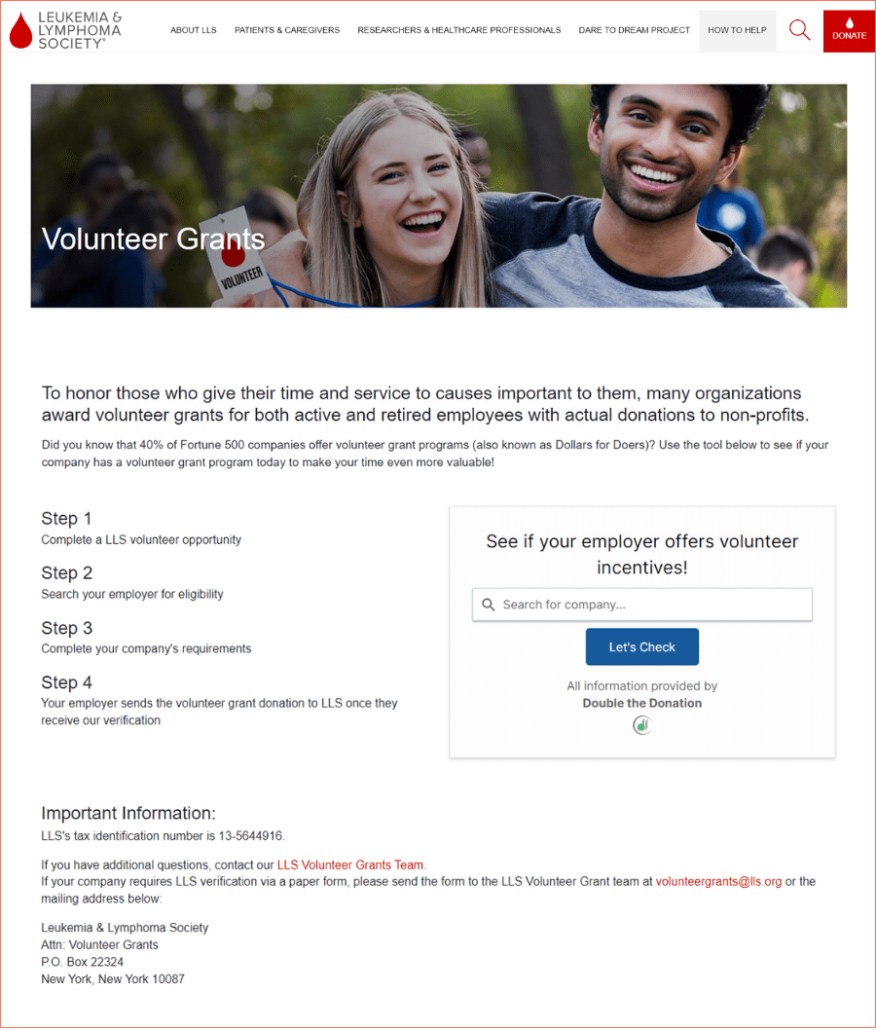
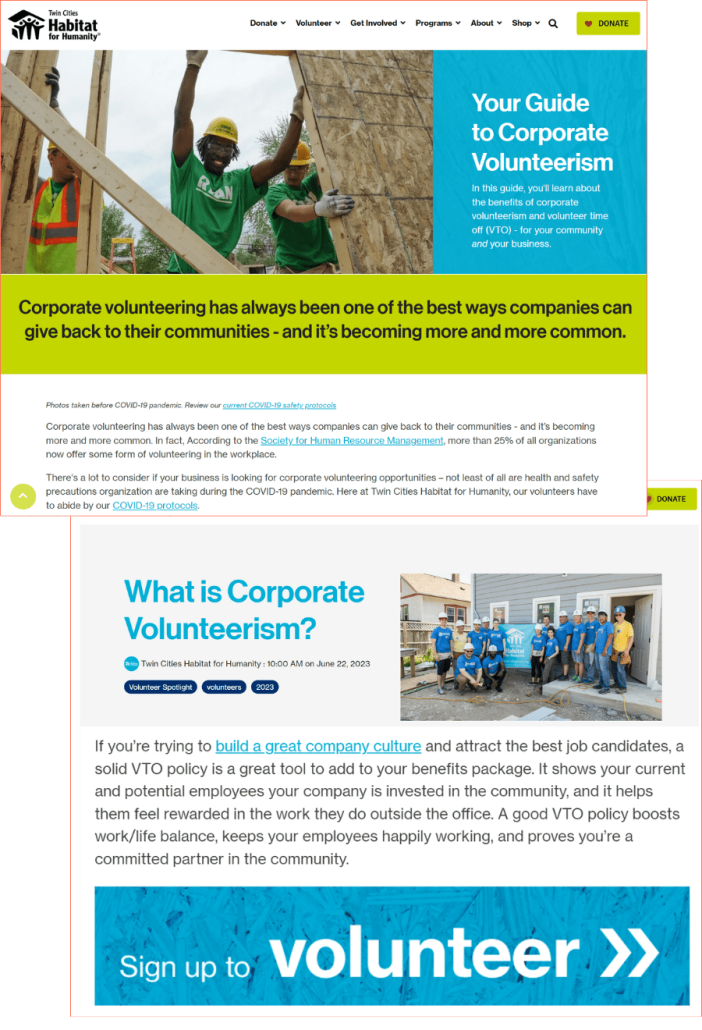
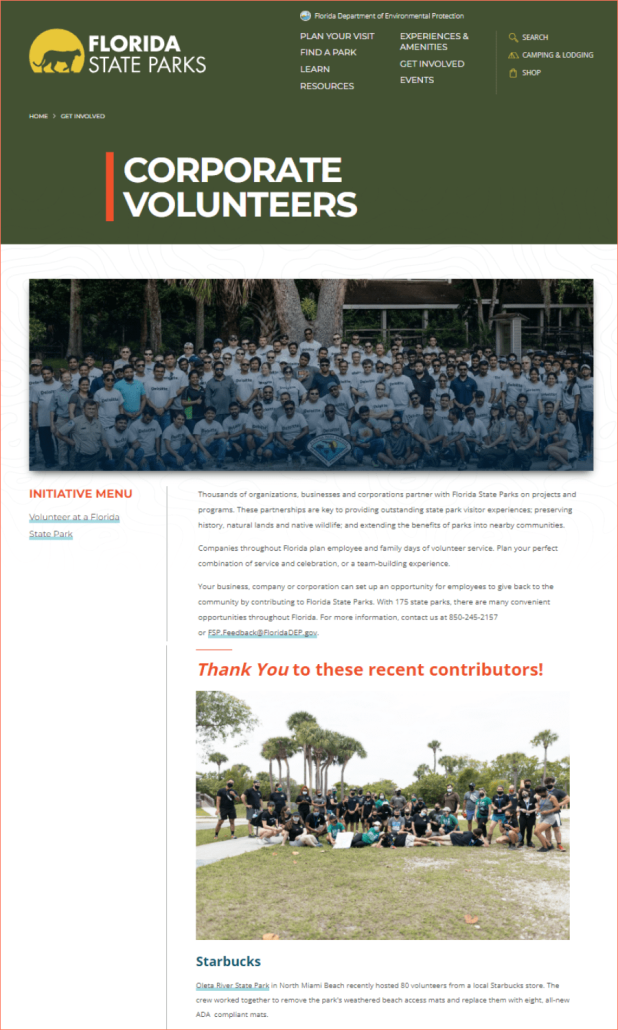

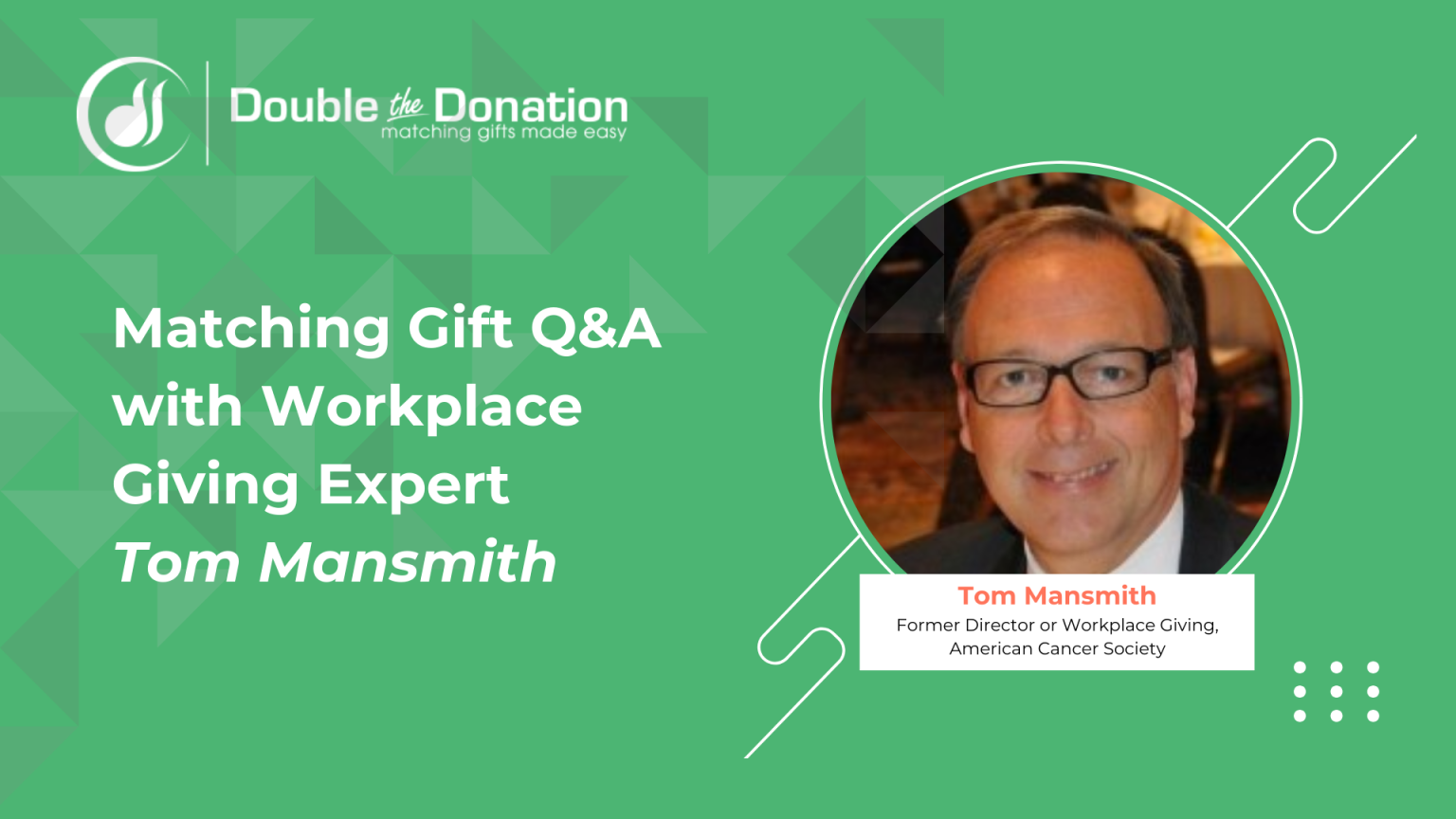

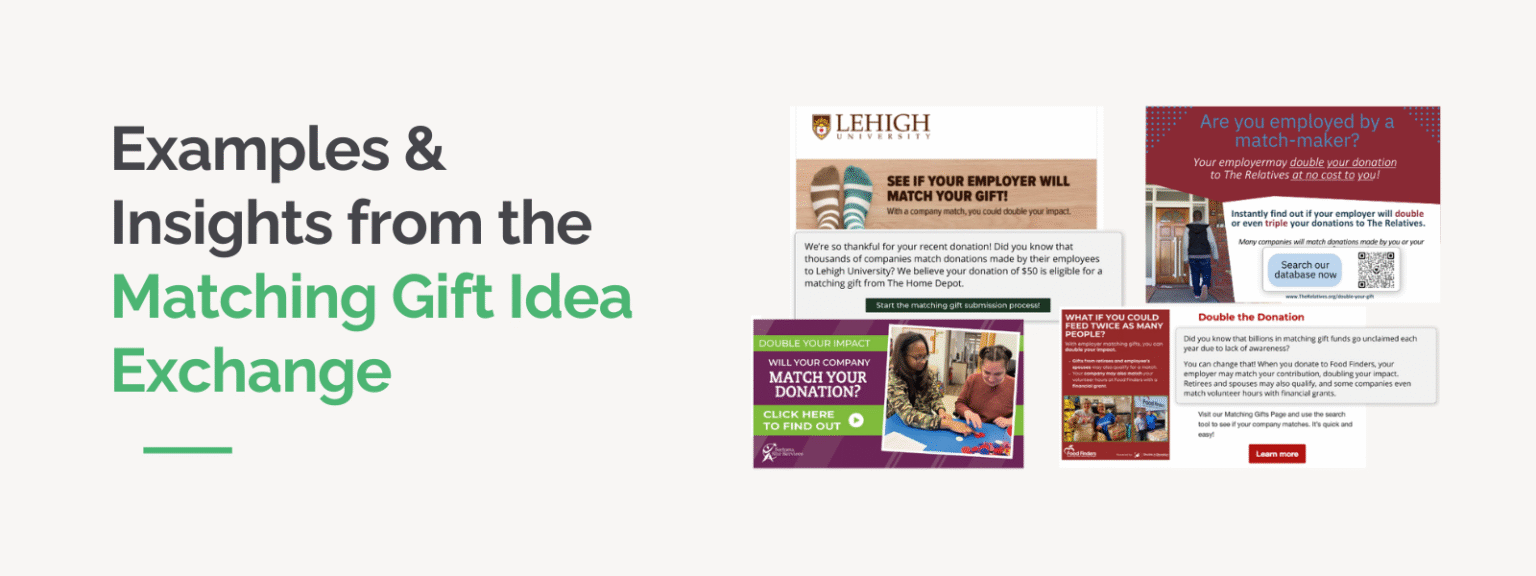
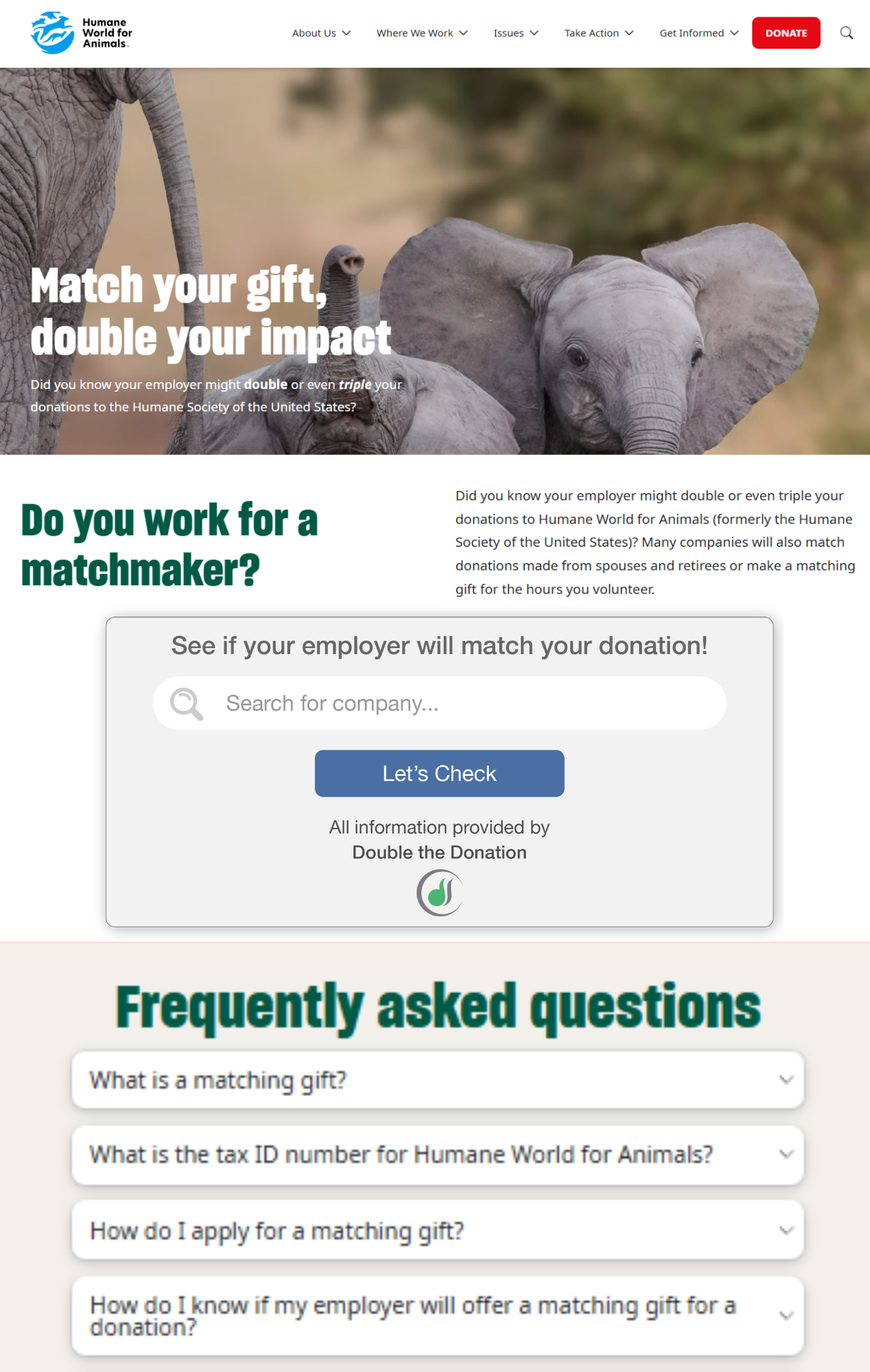
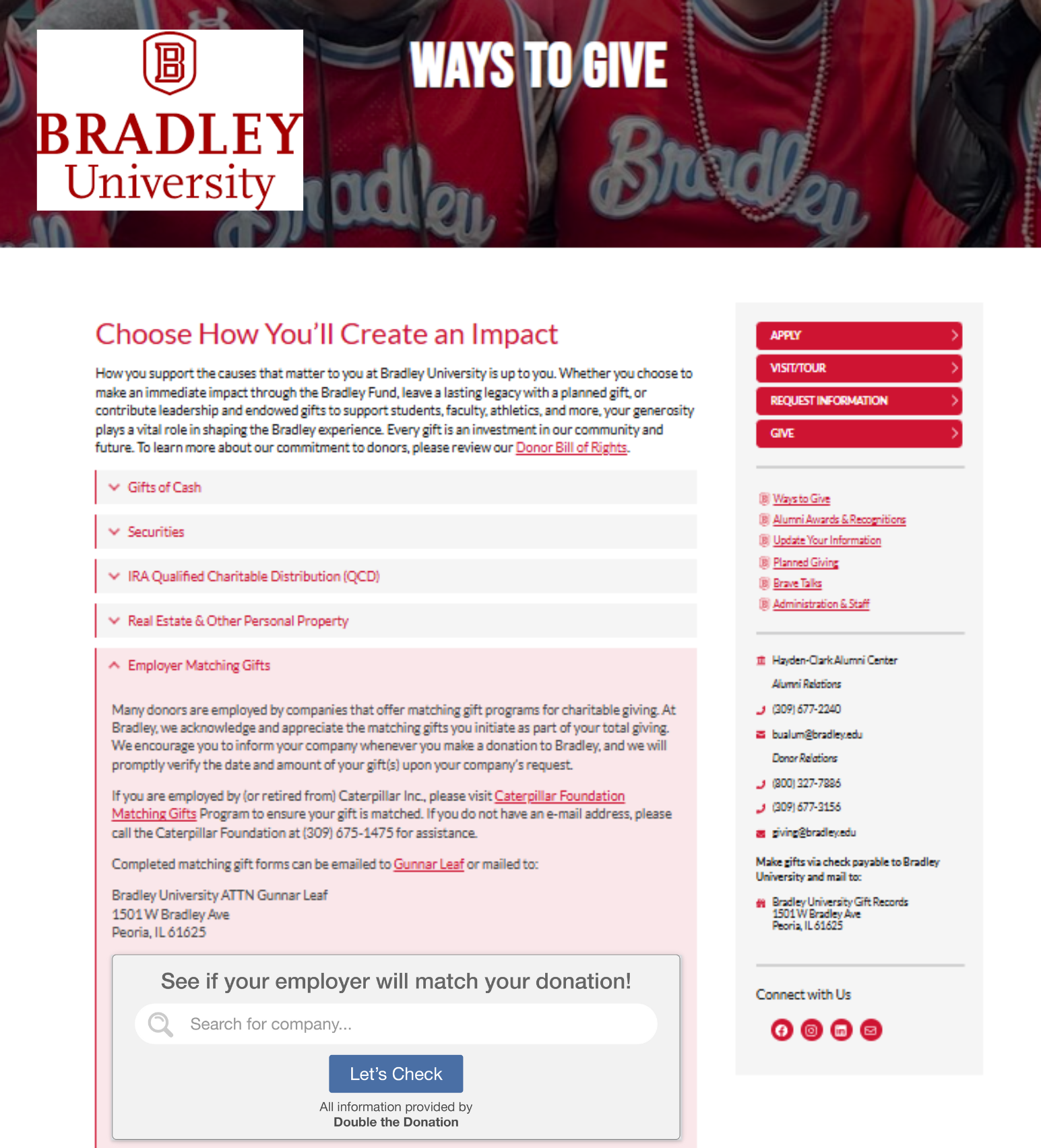
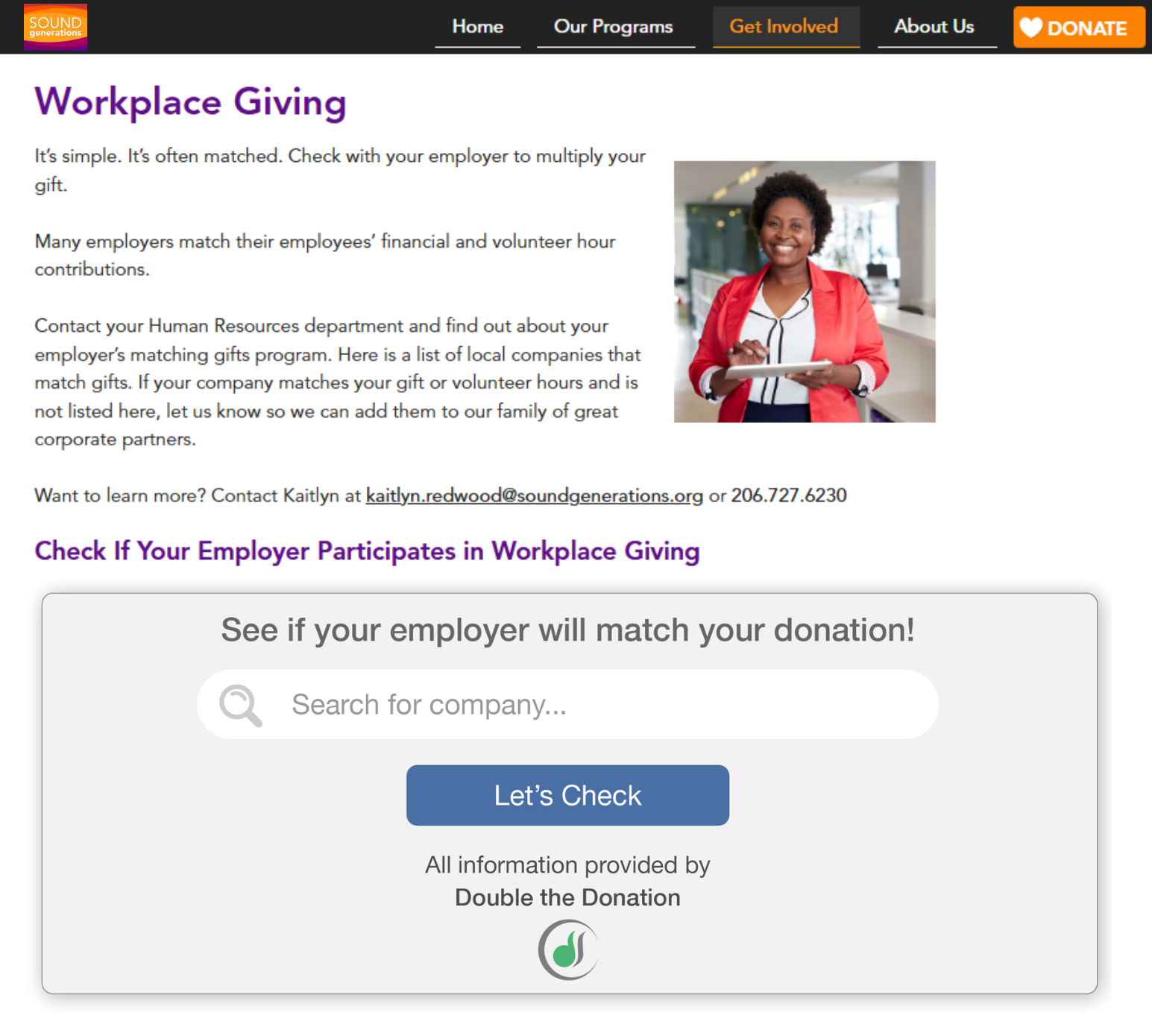
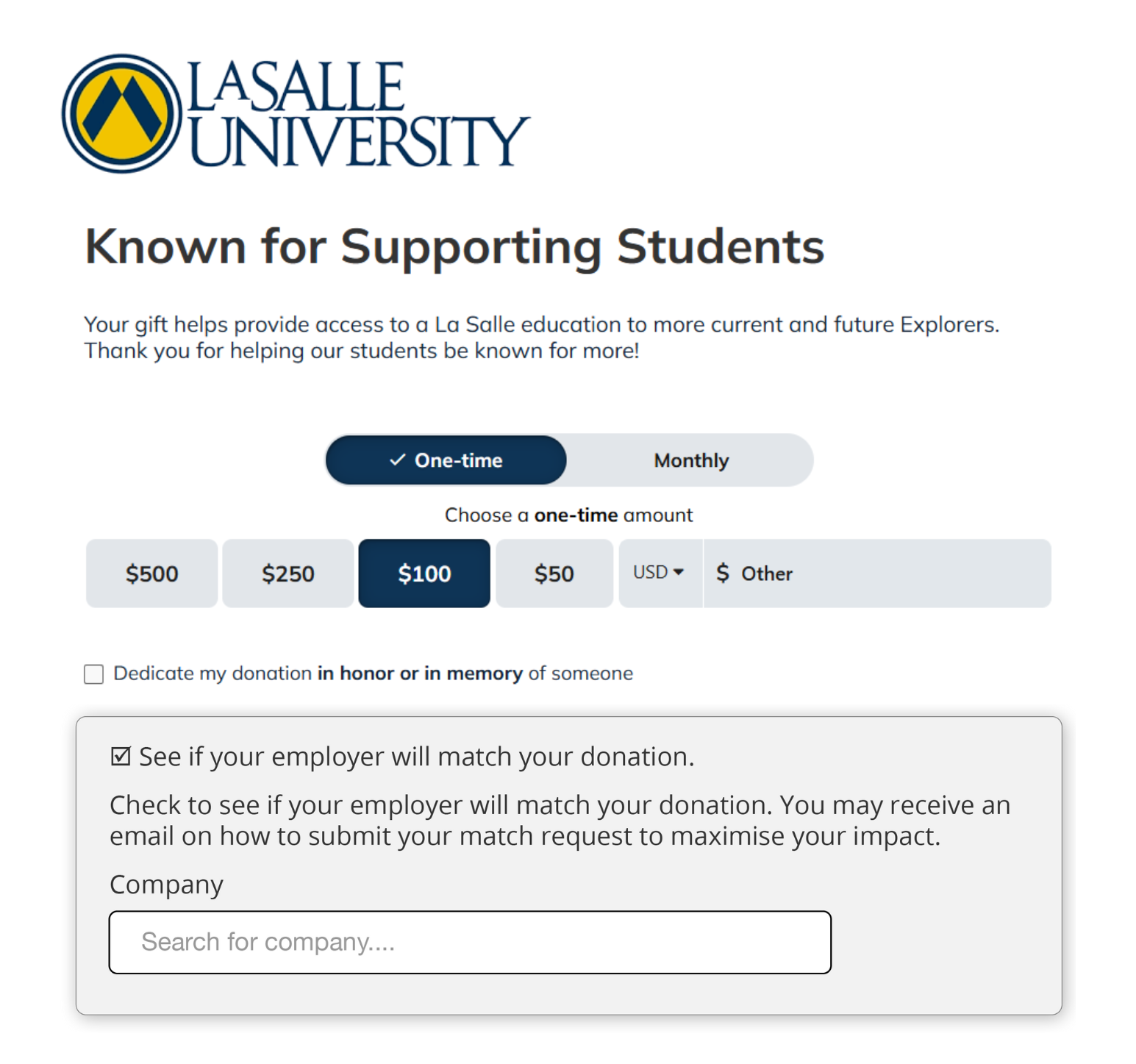
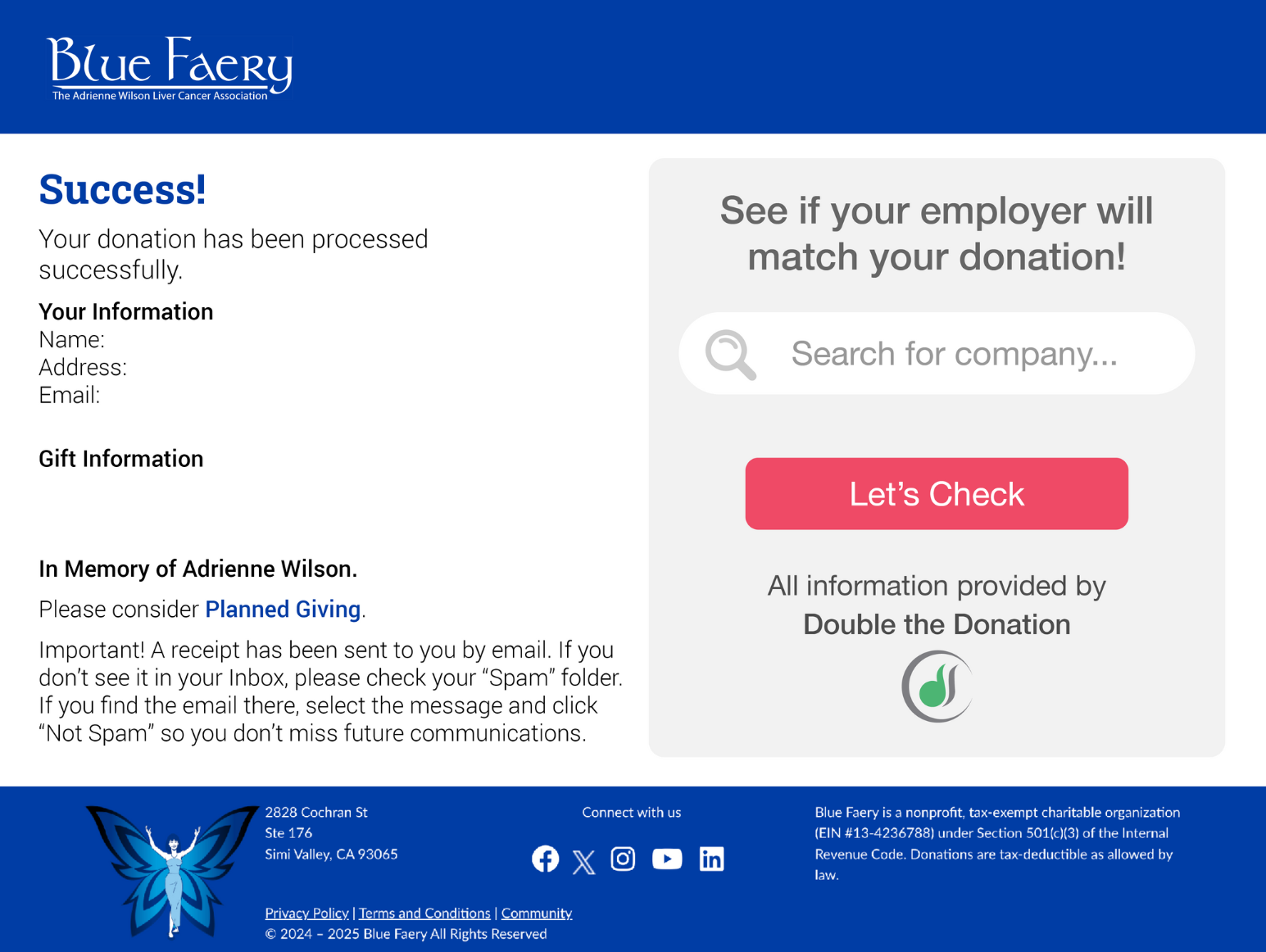
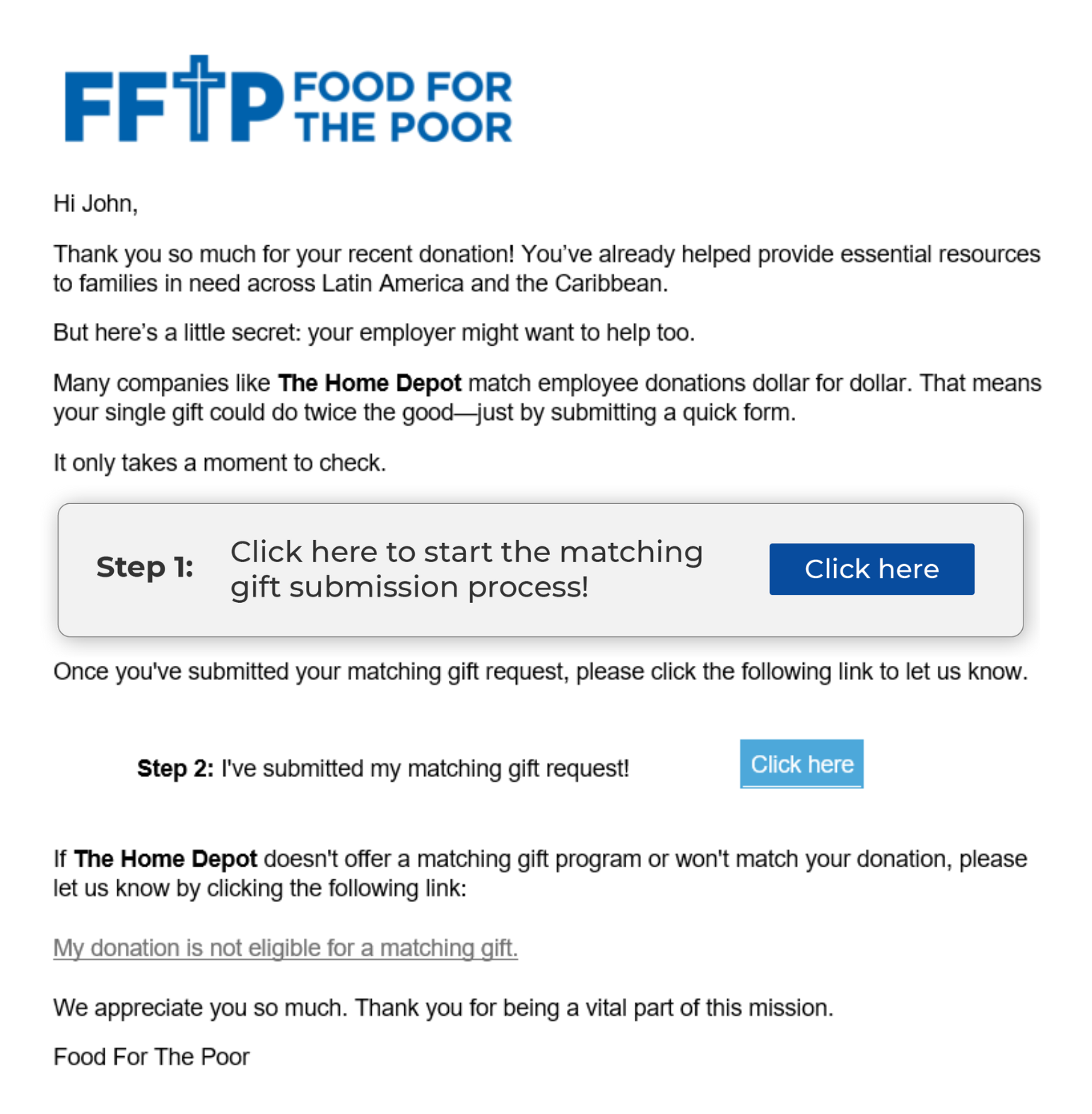
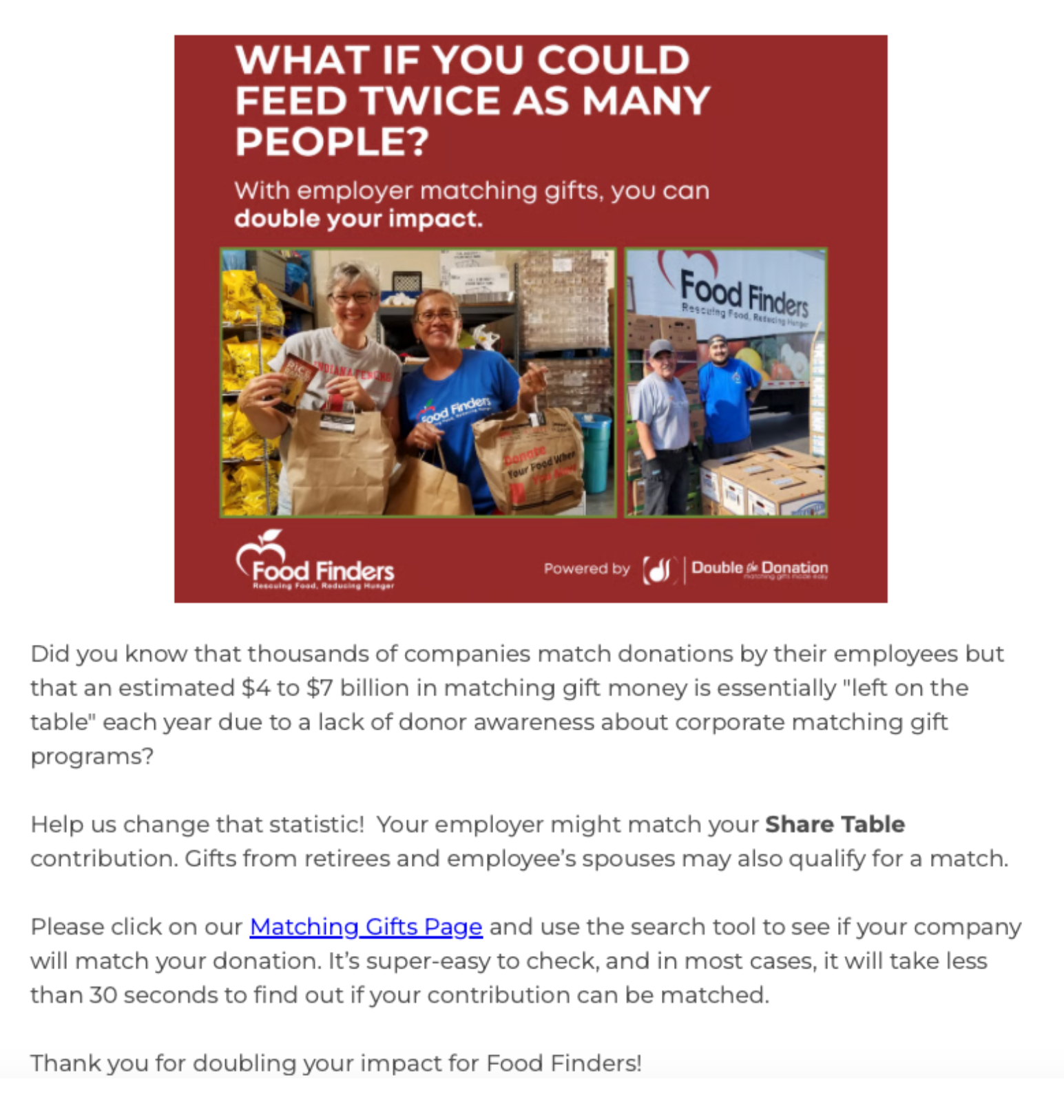
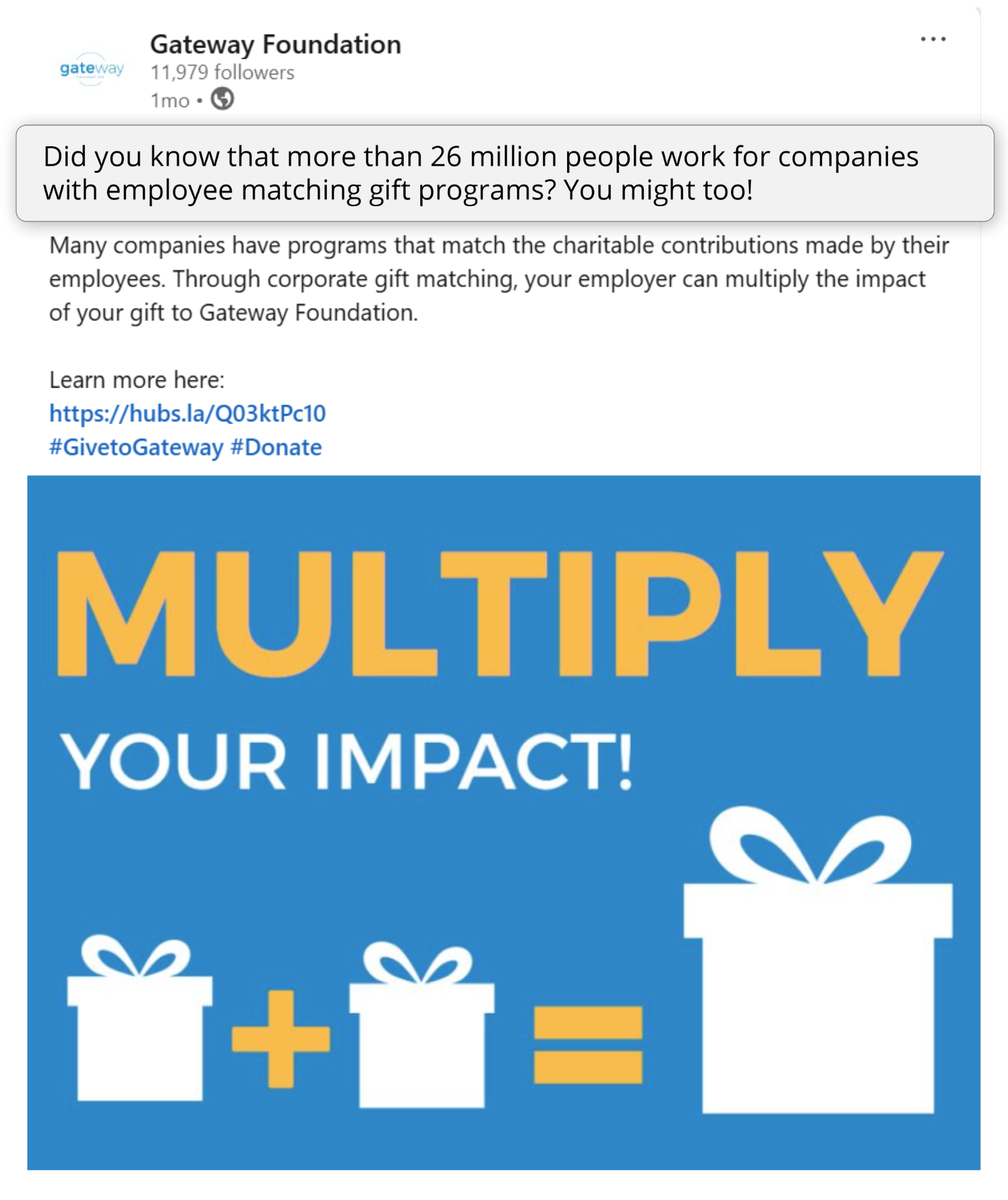
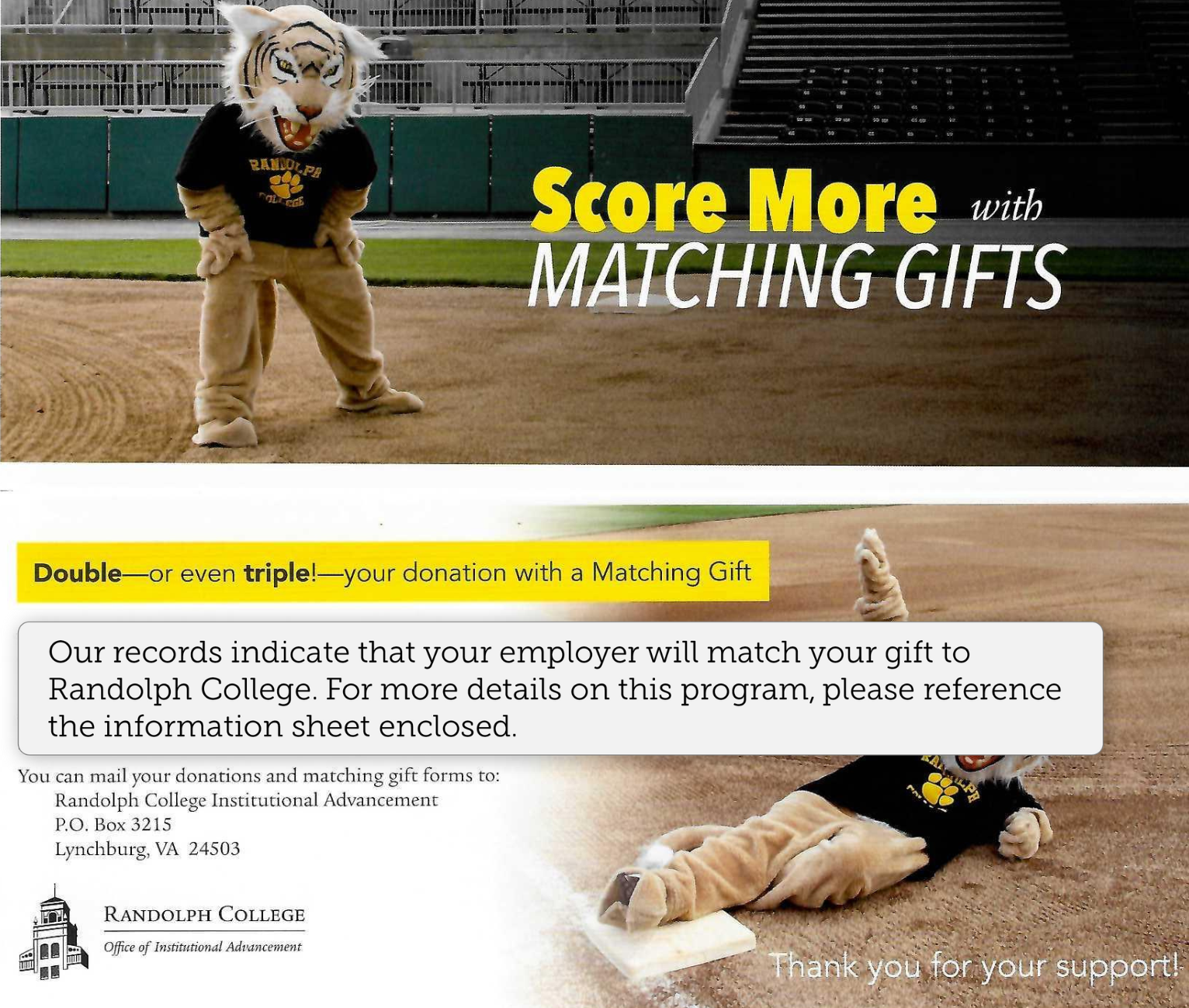

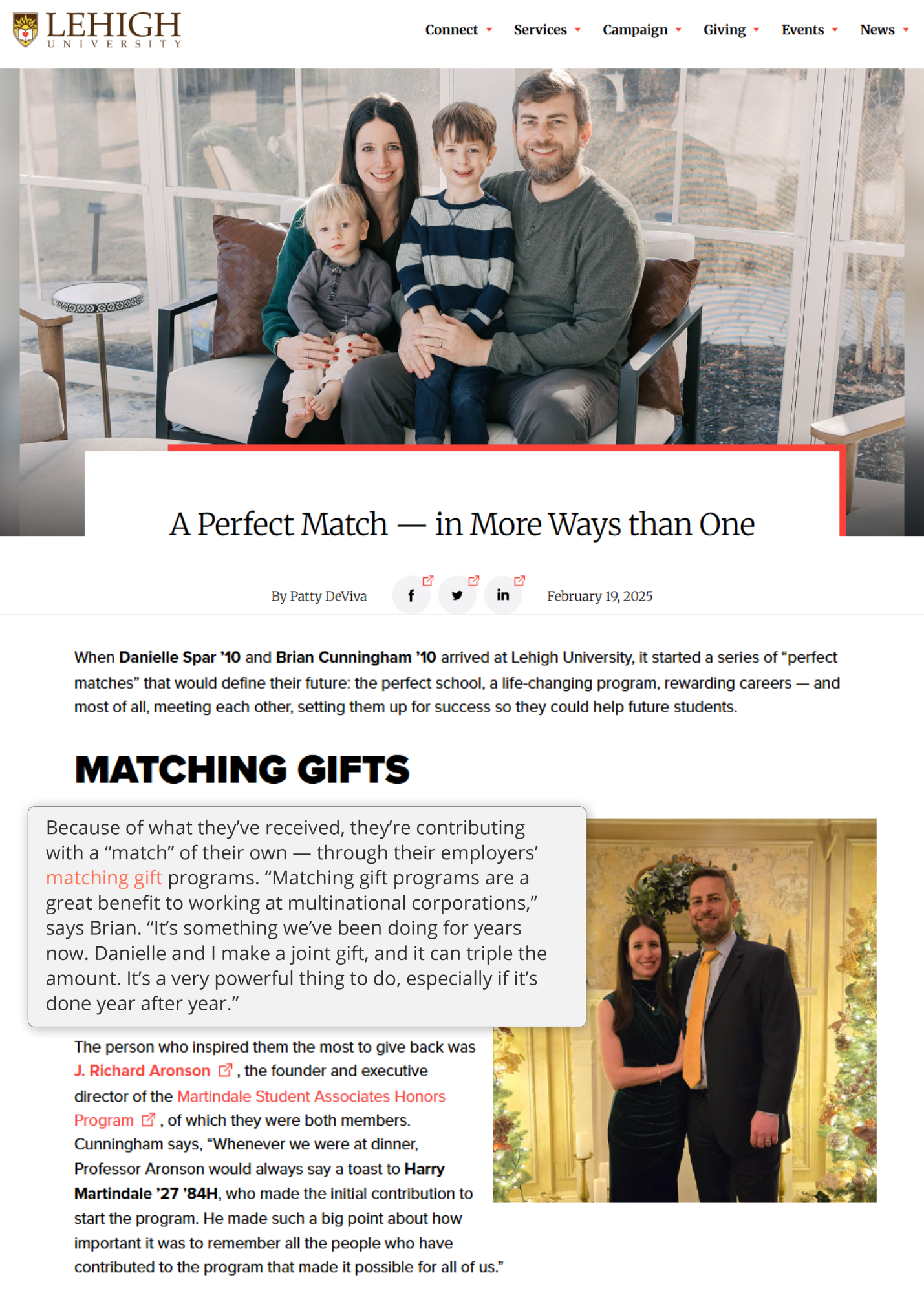

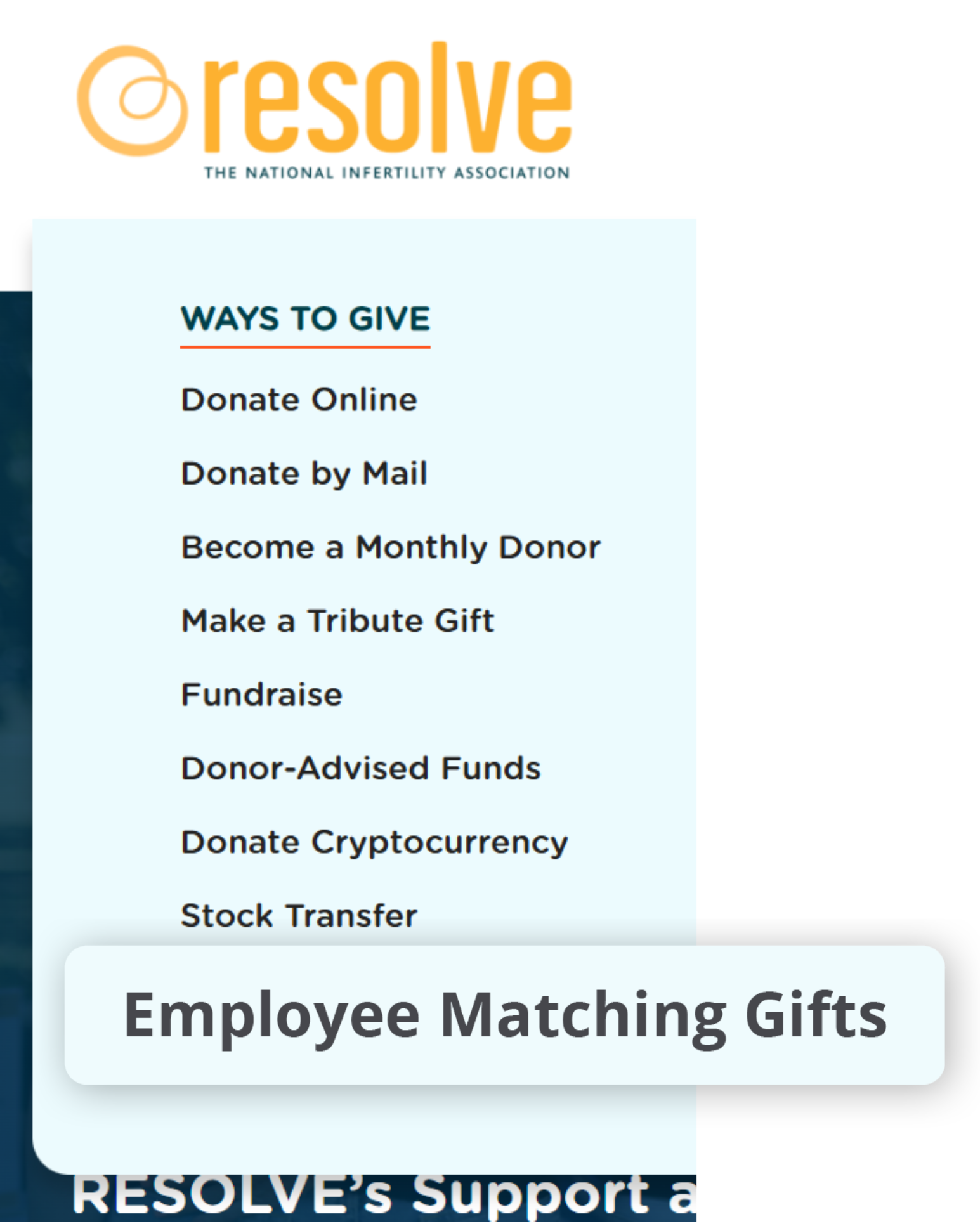
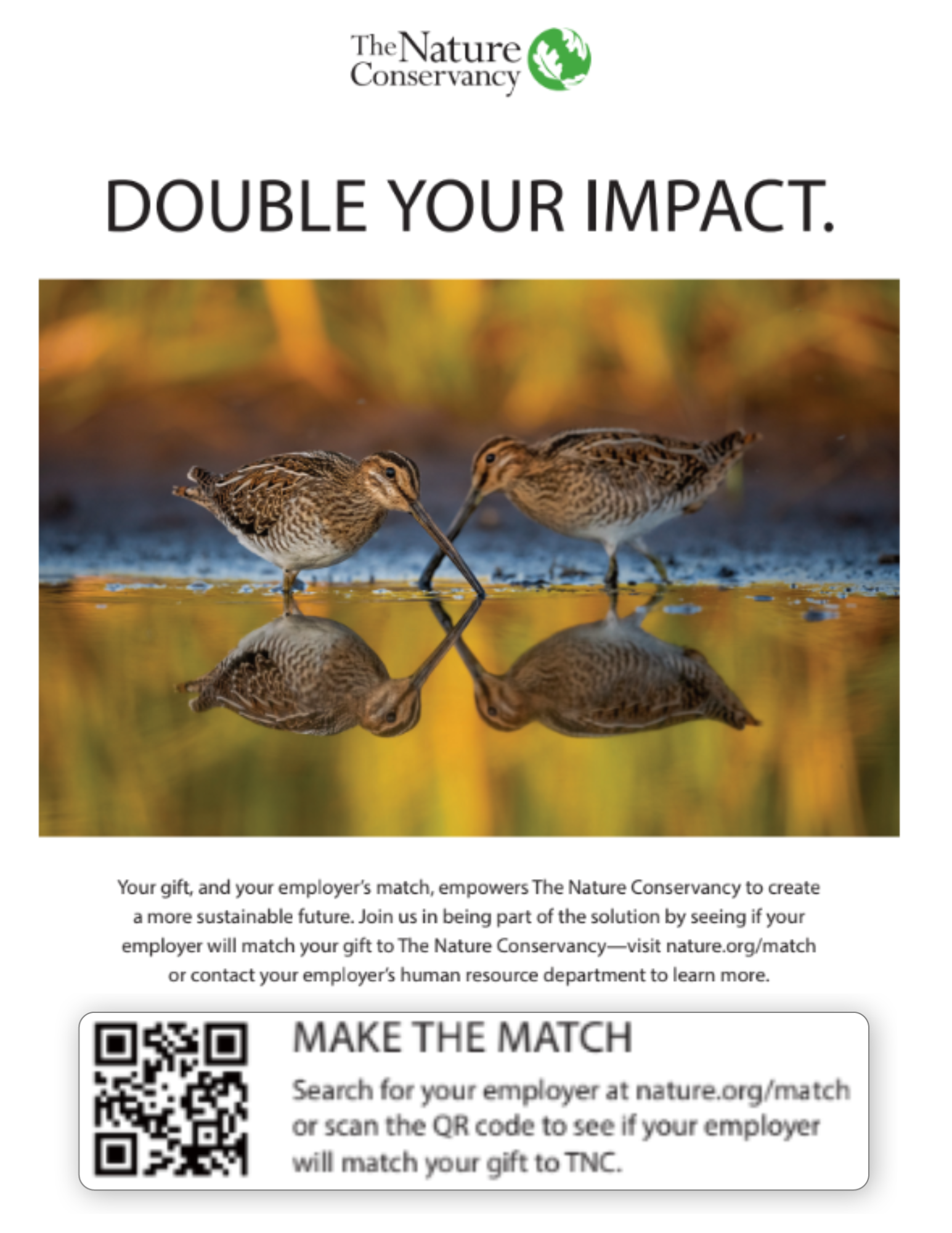
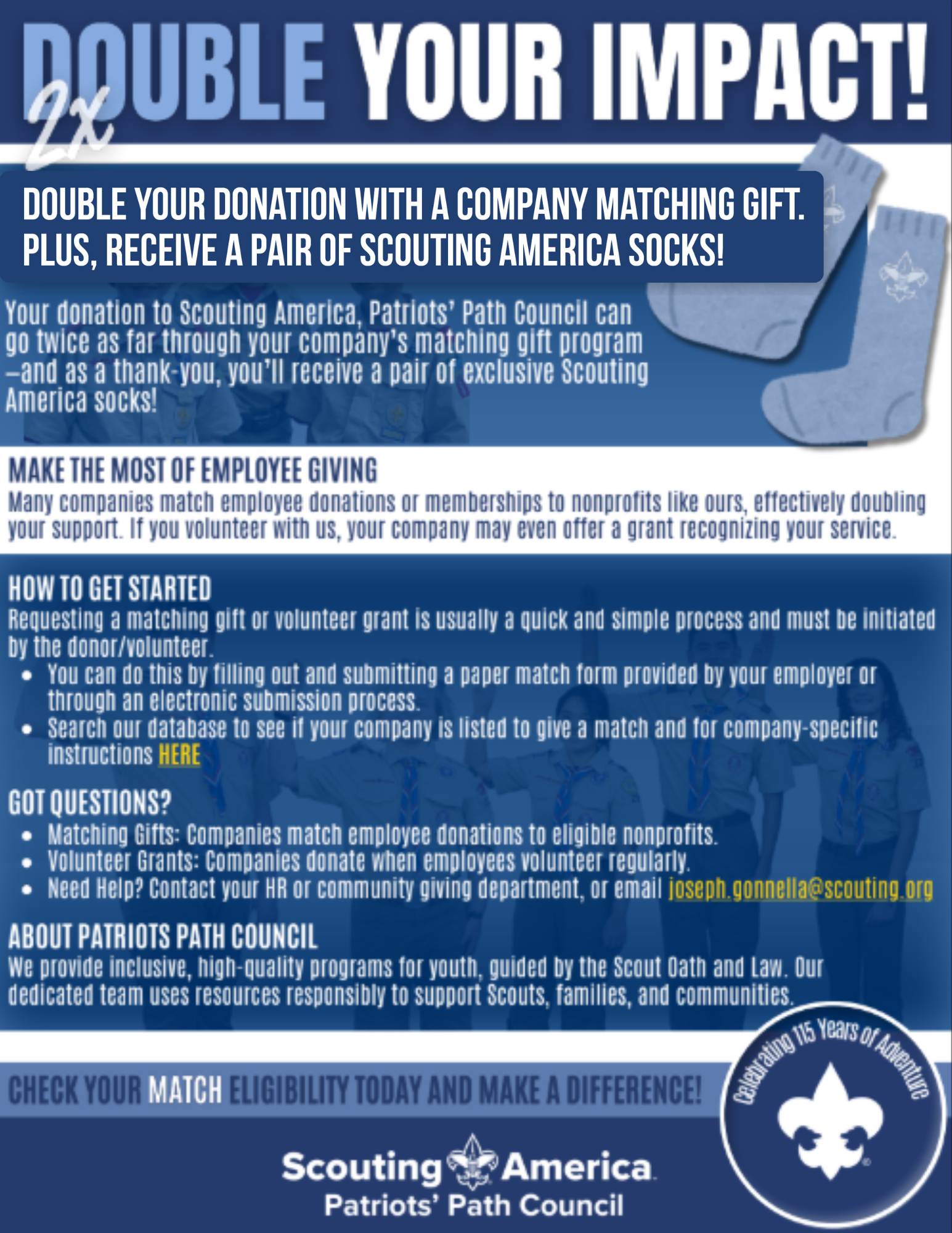
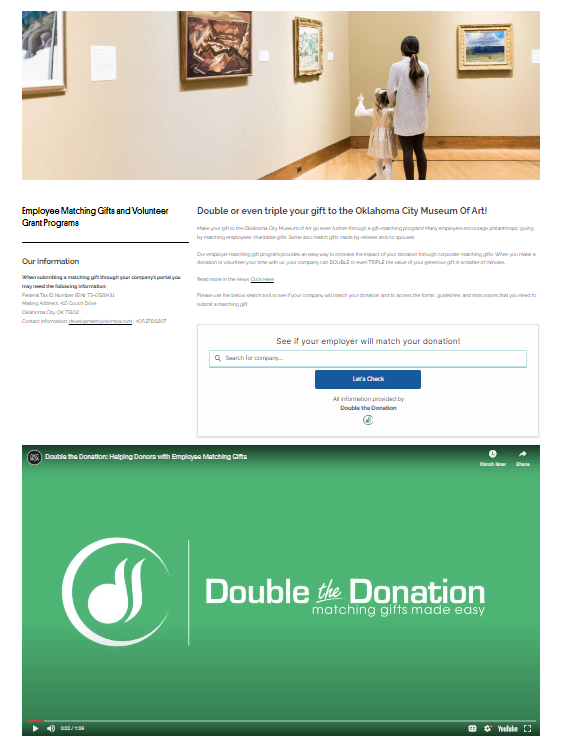
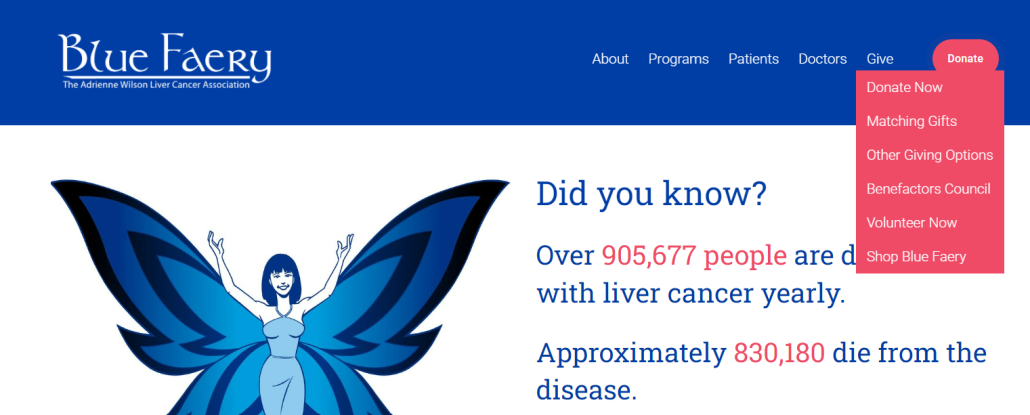
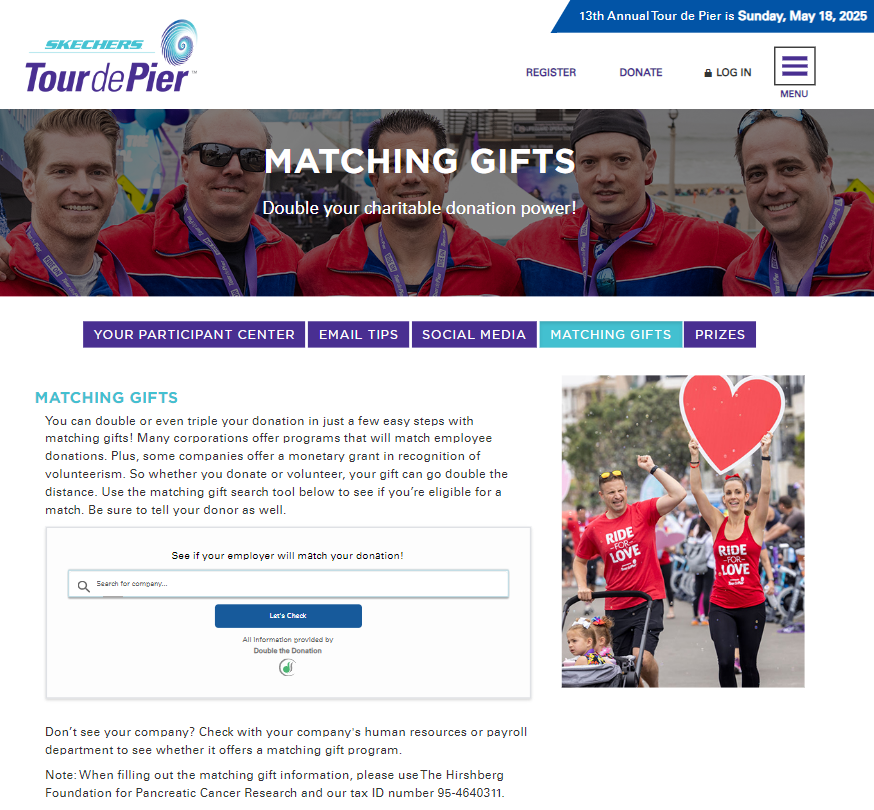
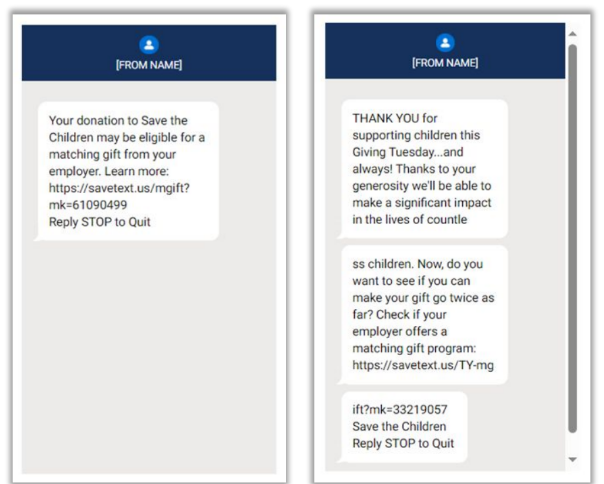
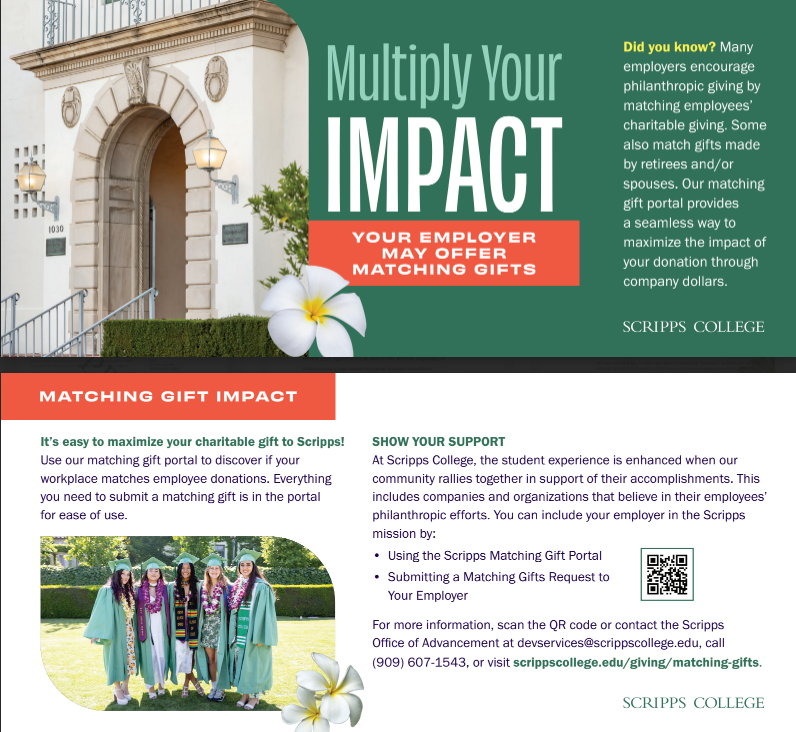
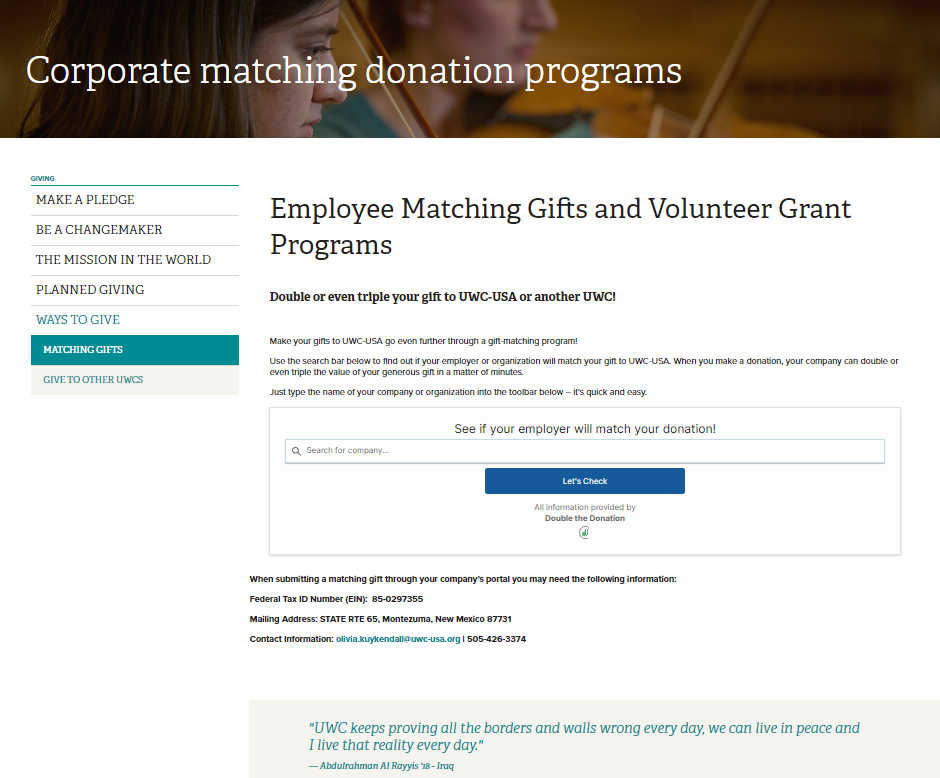
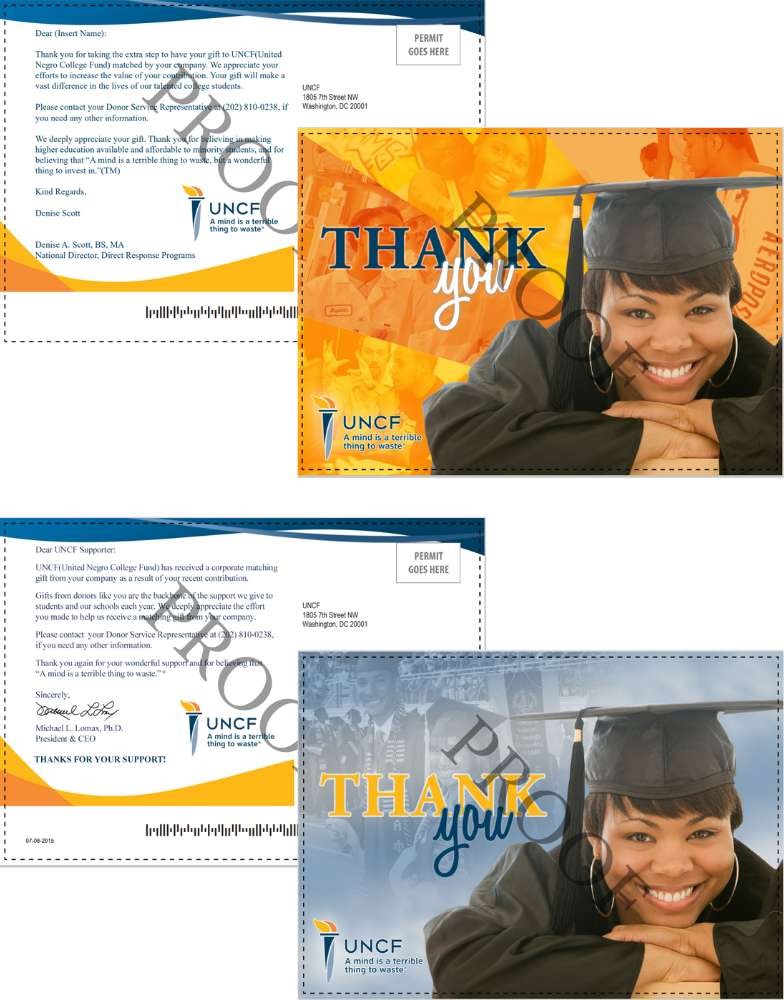
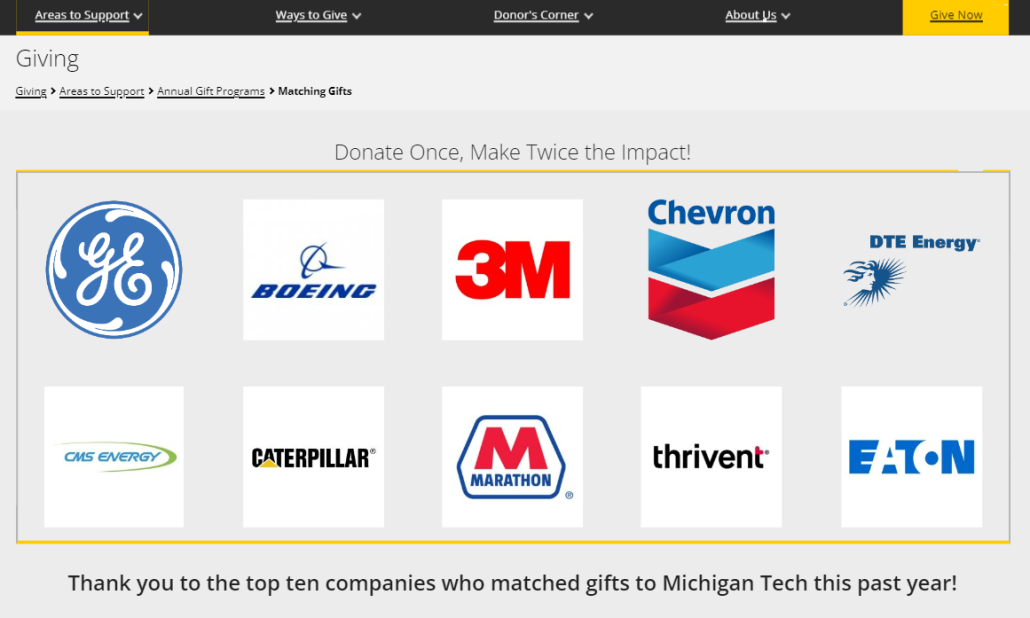
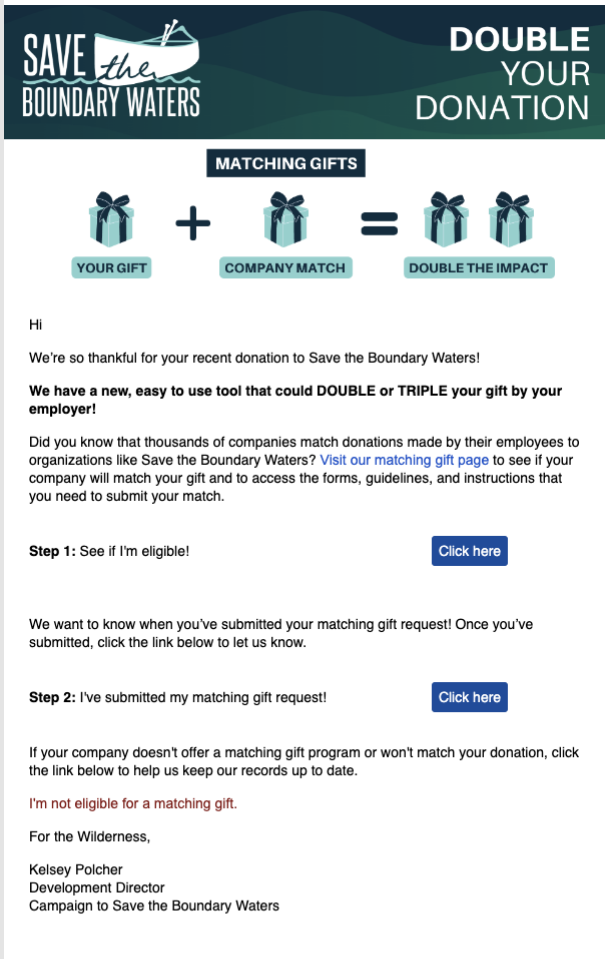

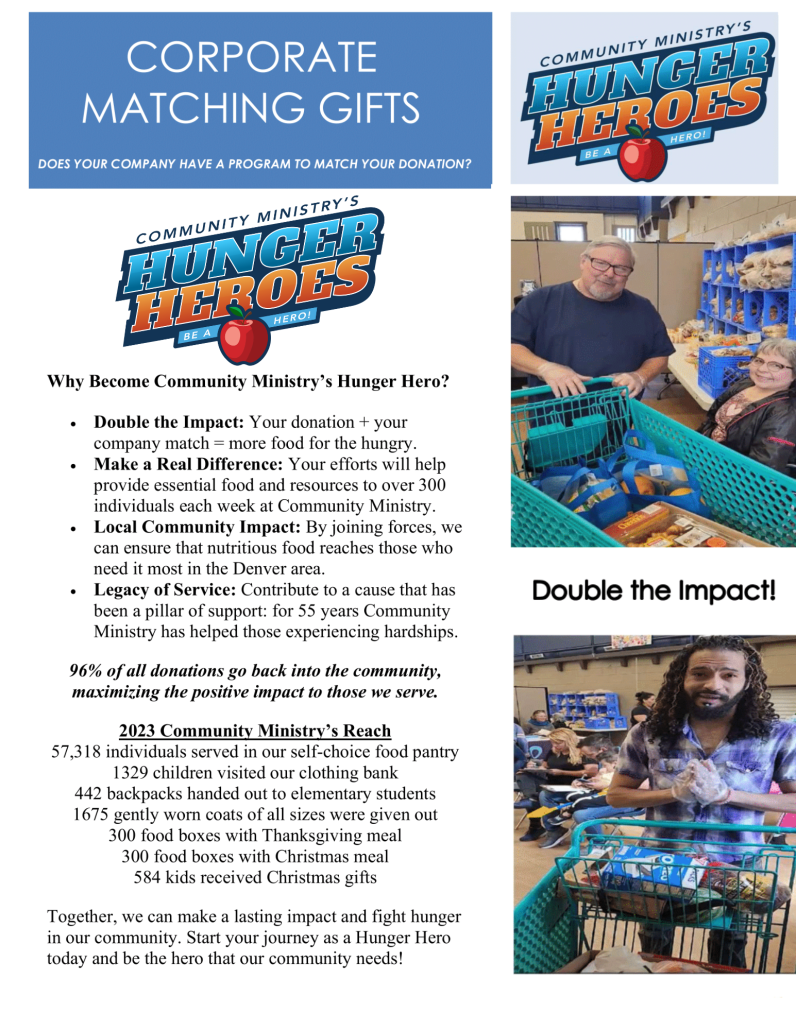

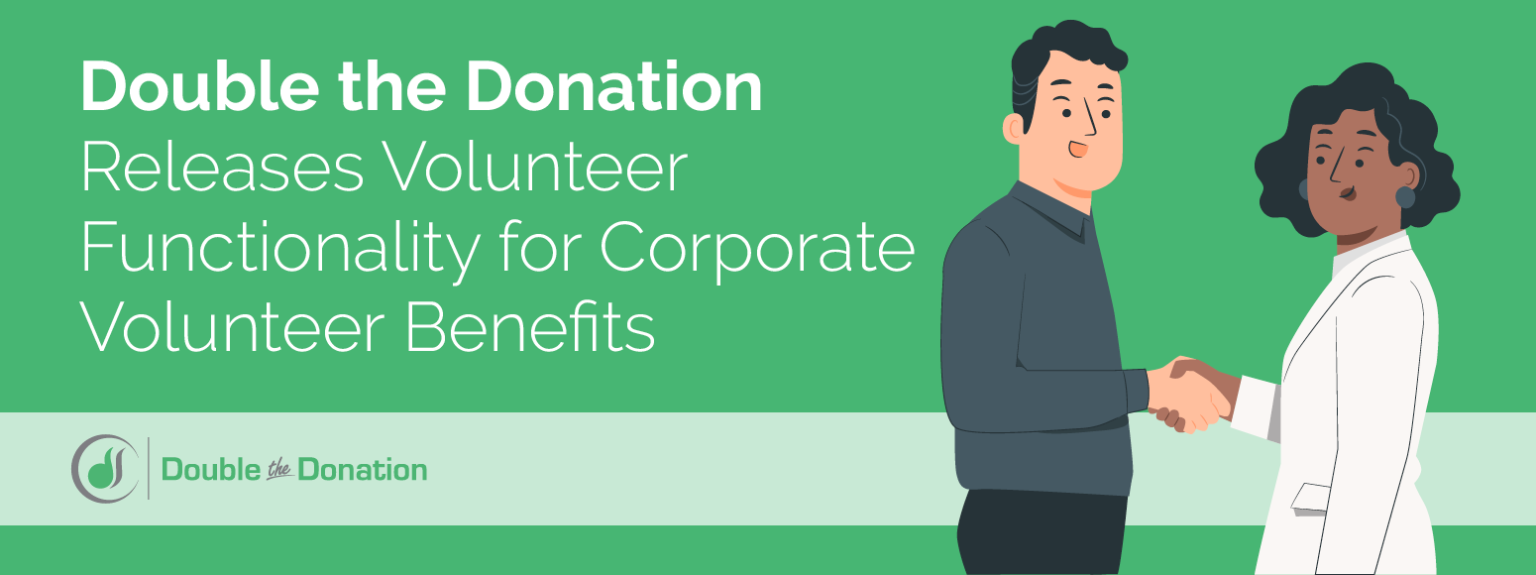

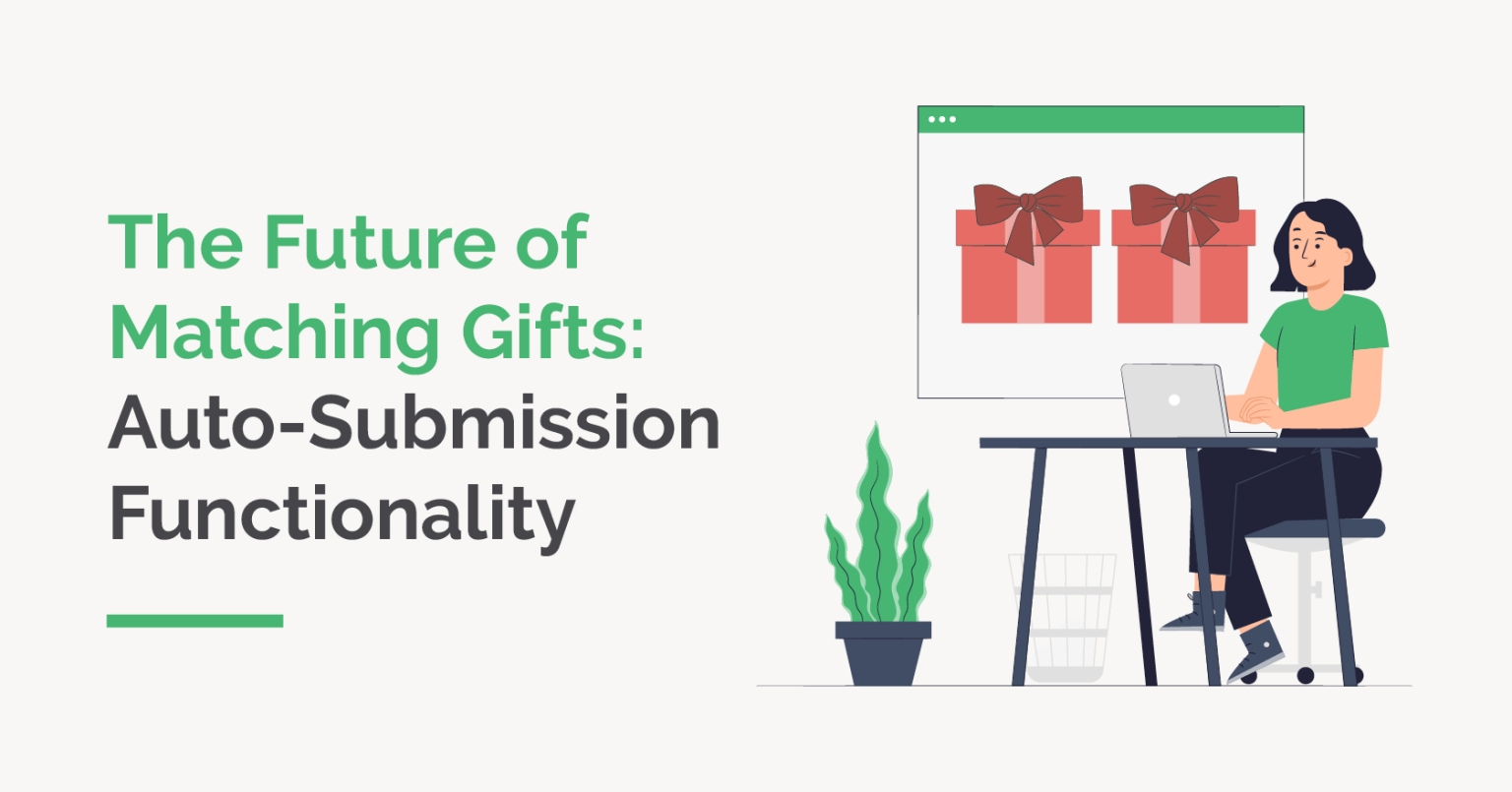

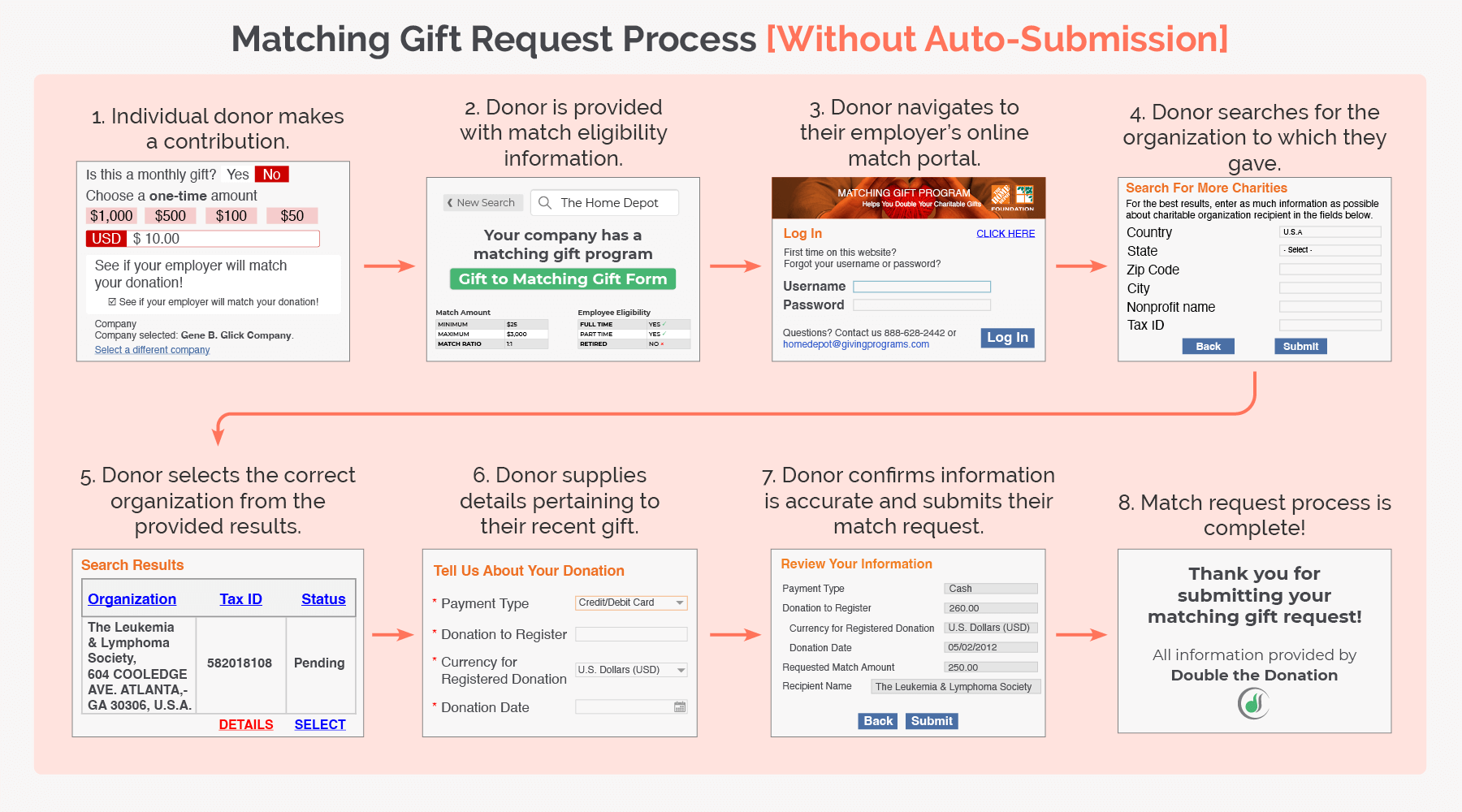



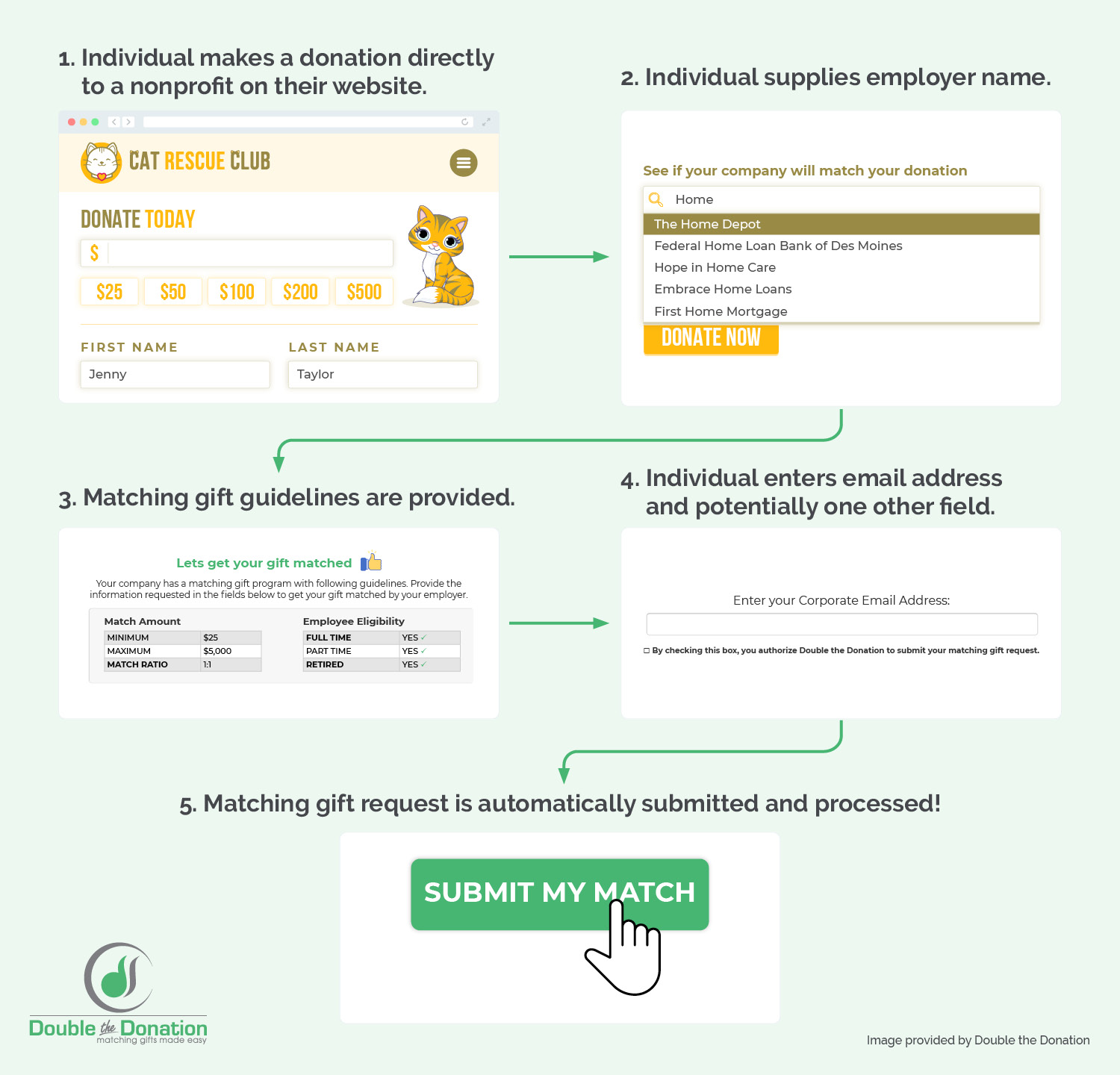
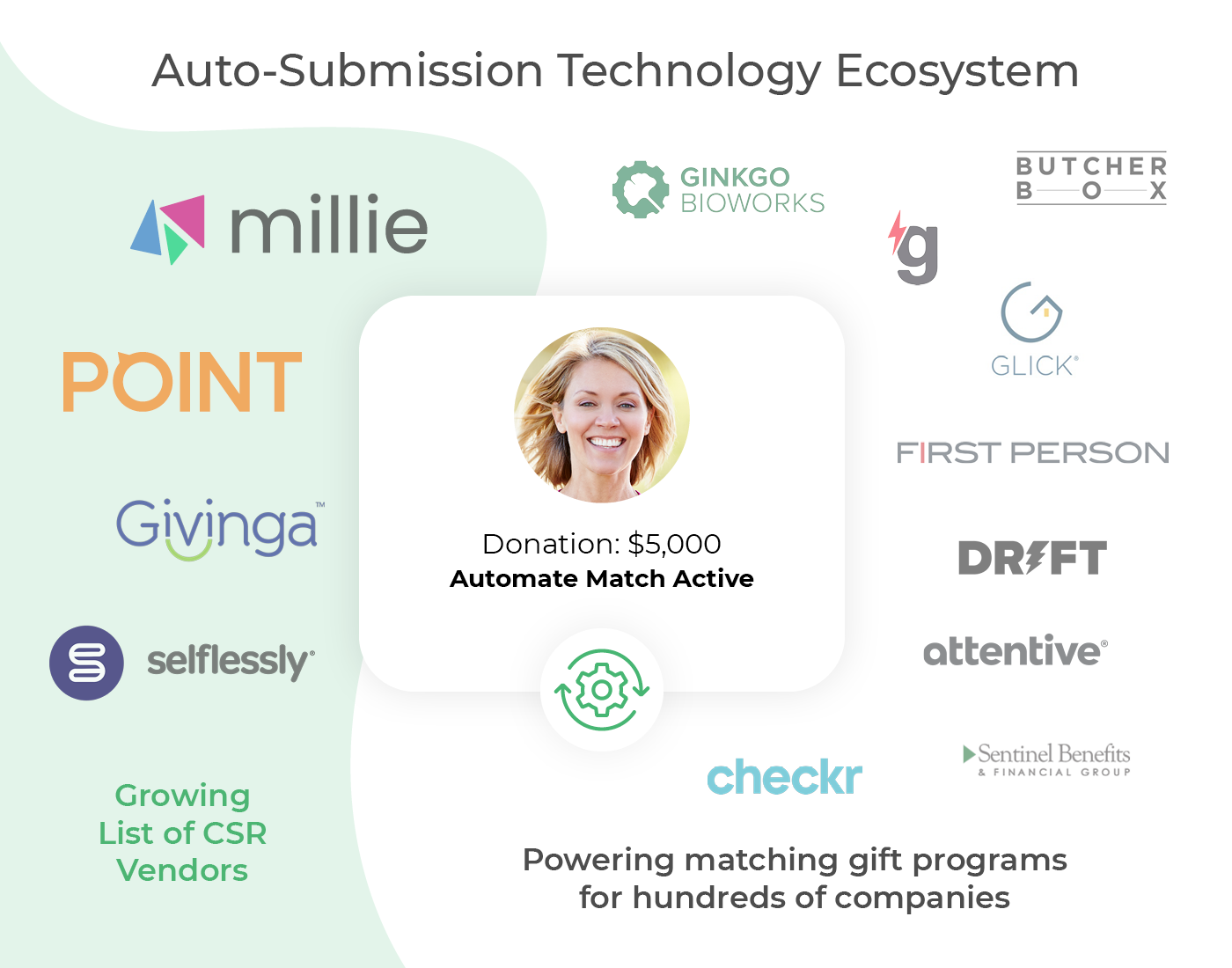
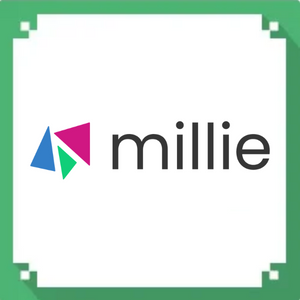
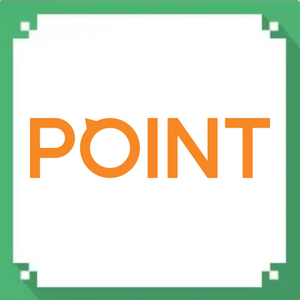


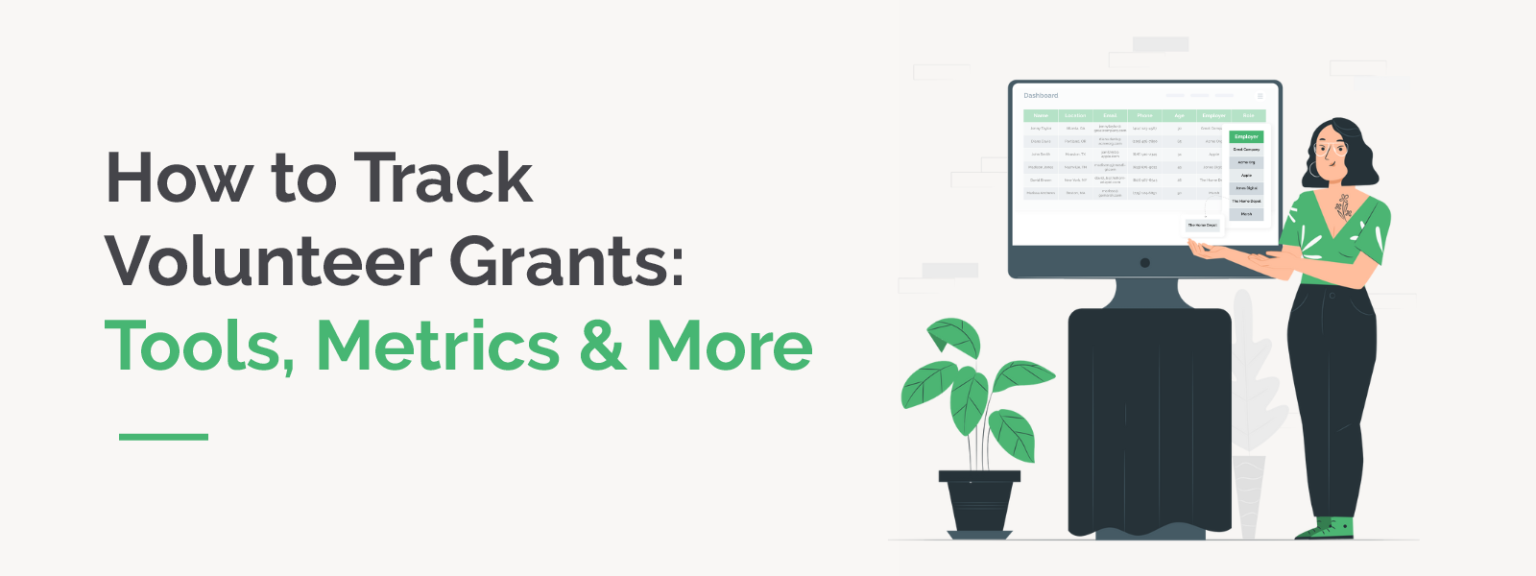


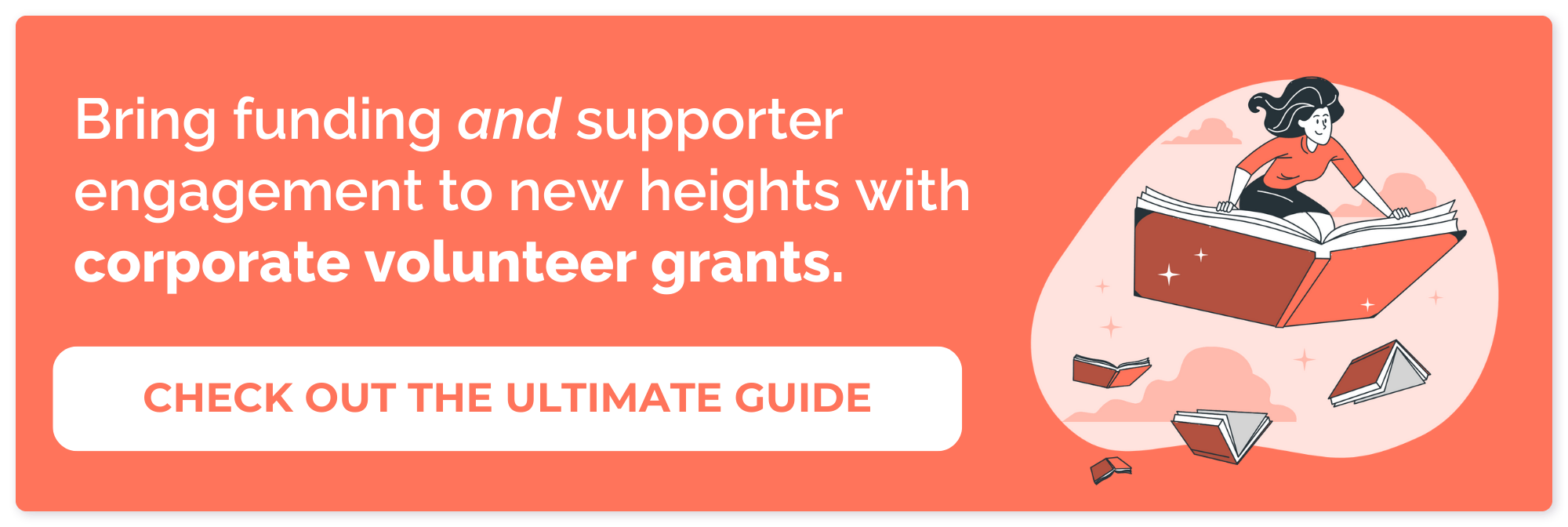


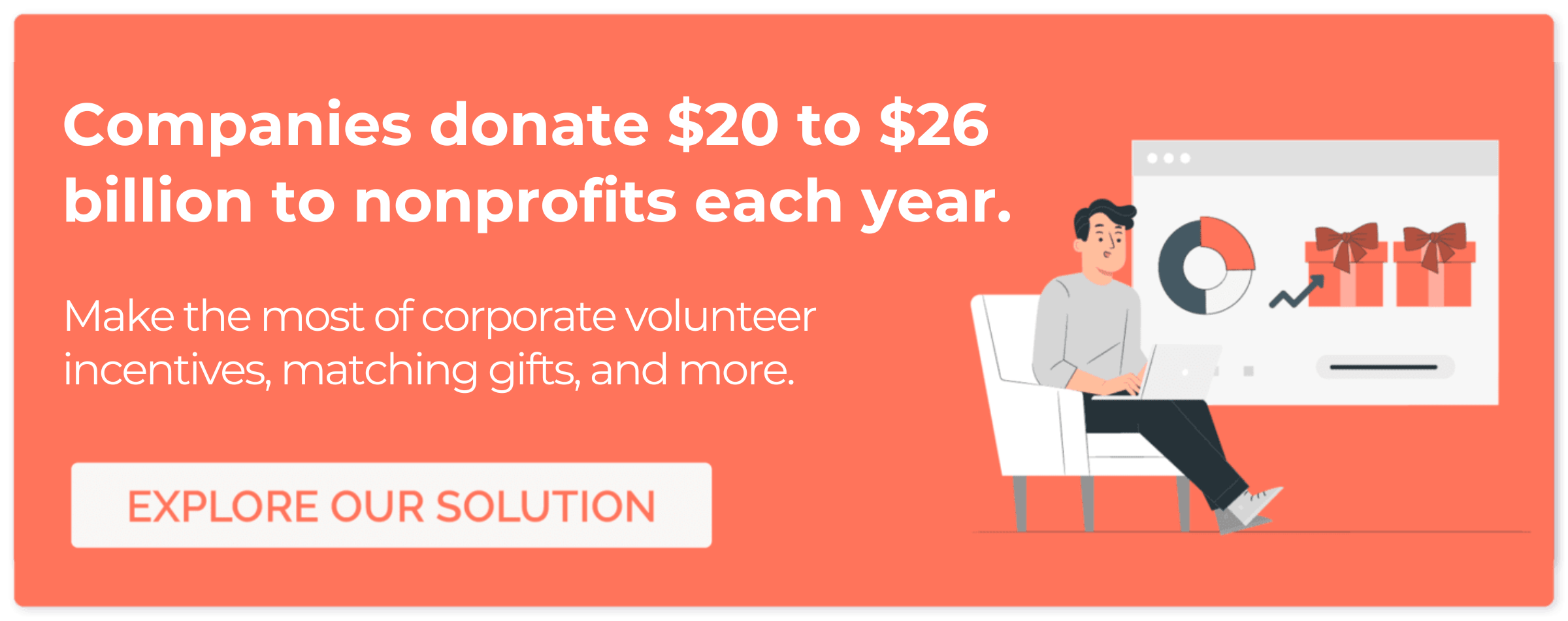
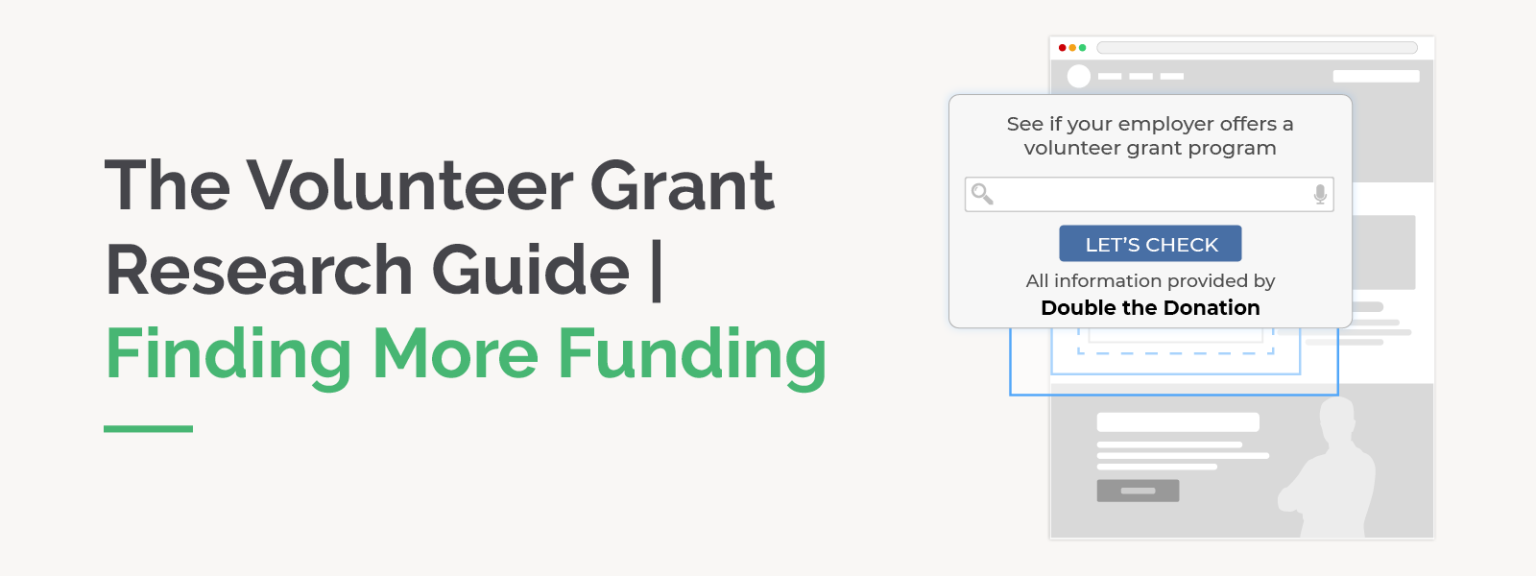

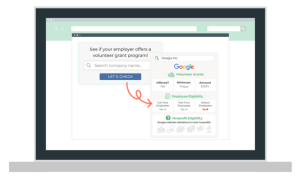

![The Ultimate Guide to Marketing Volunteer Grants [For Nonprofits]](https://doublethedonation.com/wp-content/uploads/2024/06/DTD_The-Ultimate-Guide-to-Marketing-Volunteer-Grants-For-Nonprofits-1-1536x576.png)















